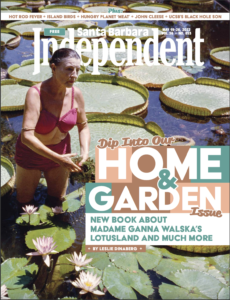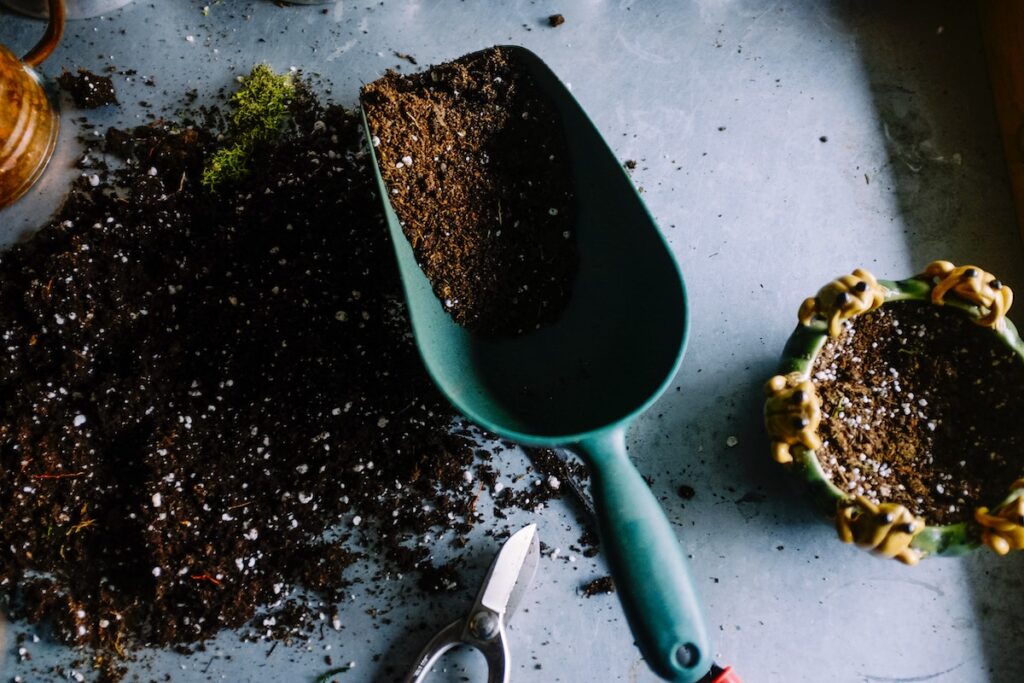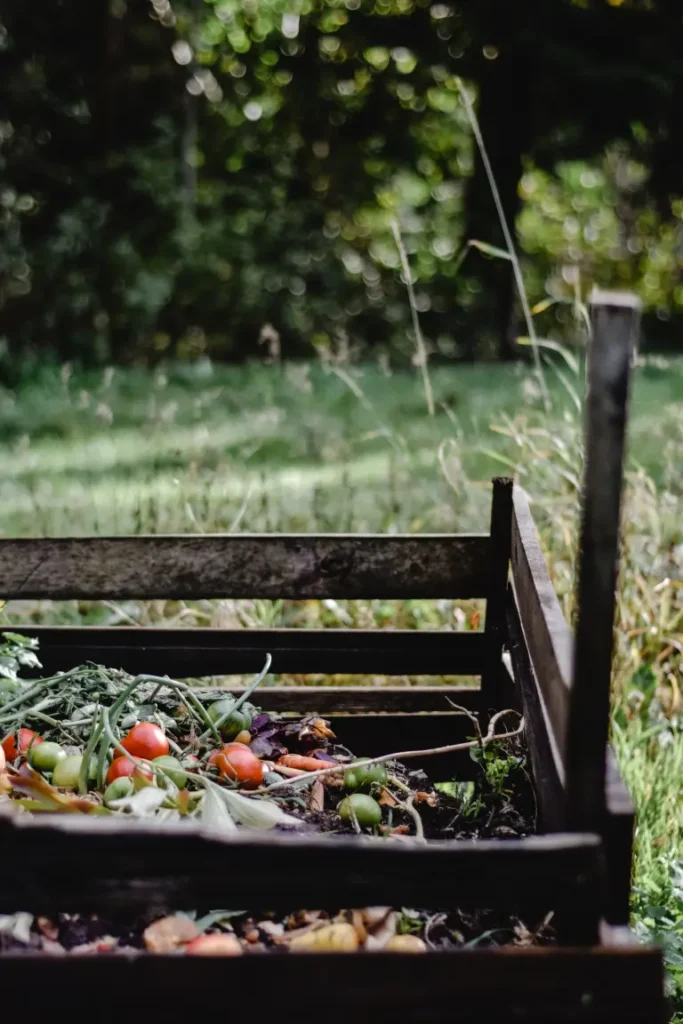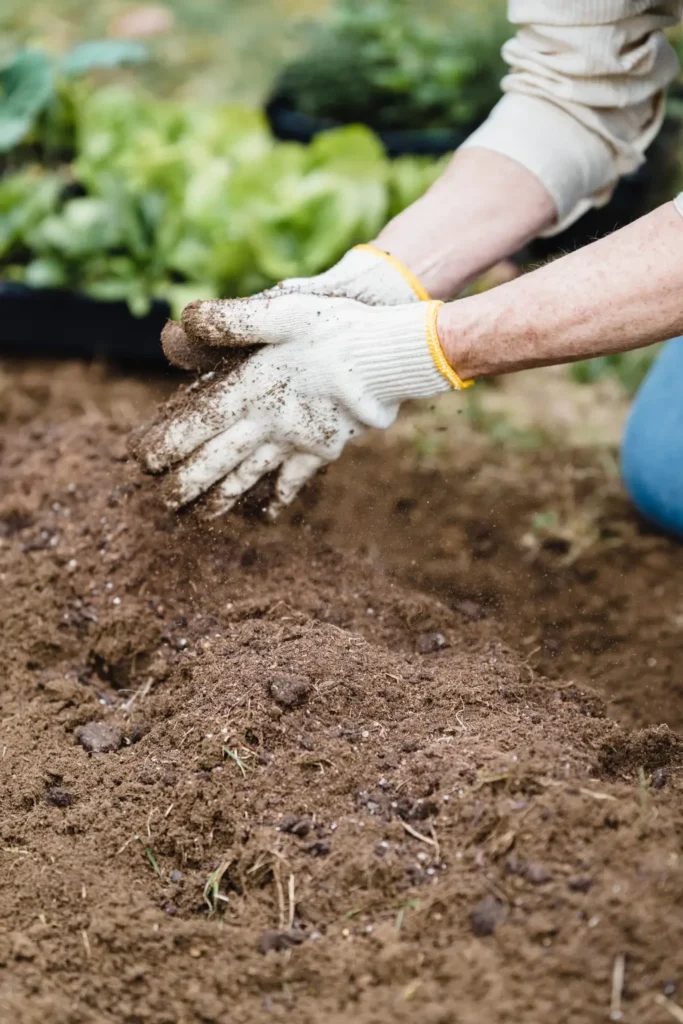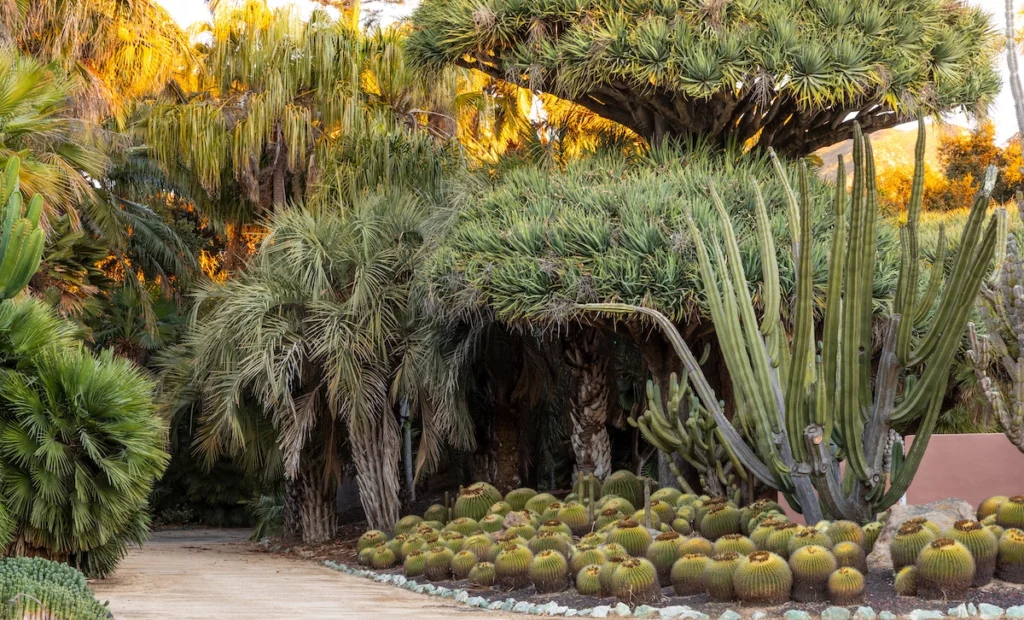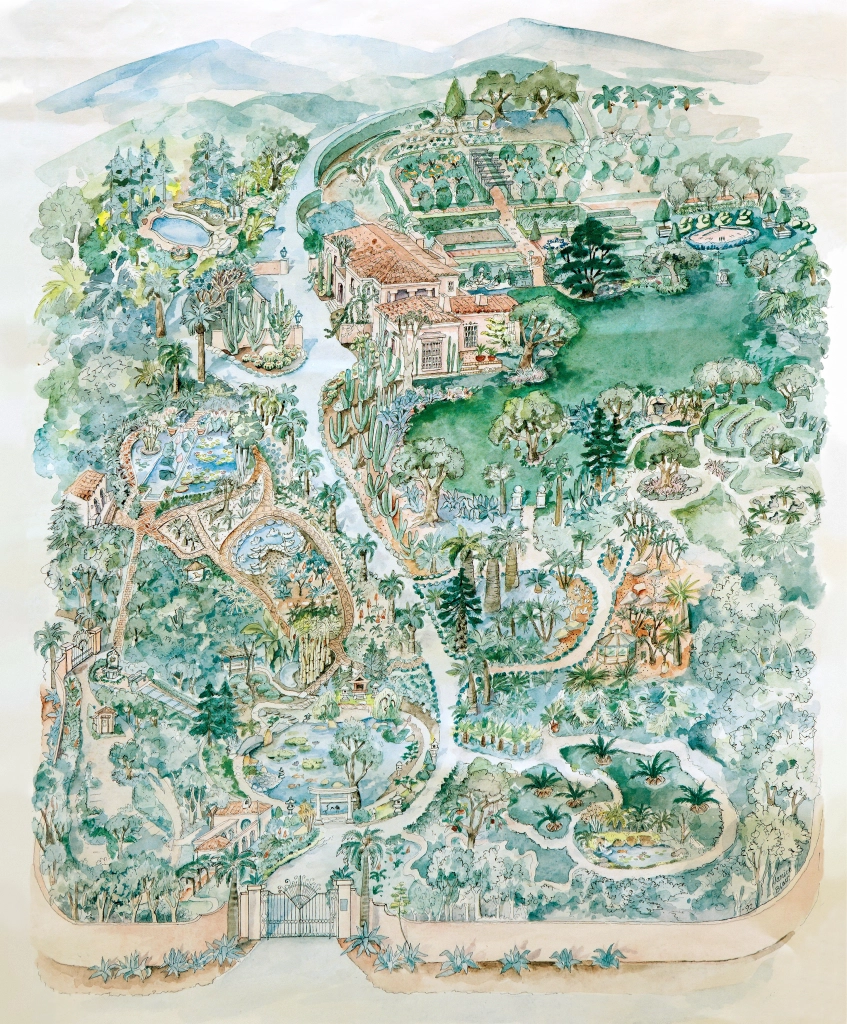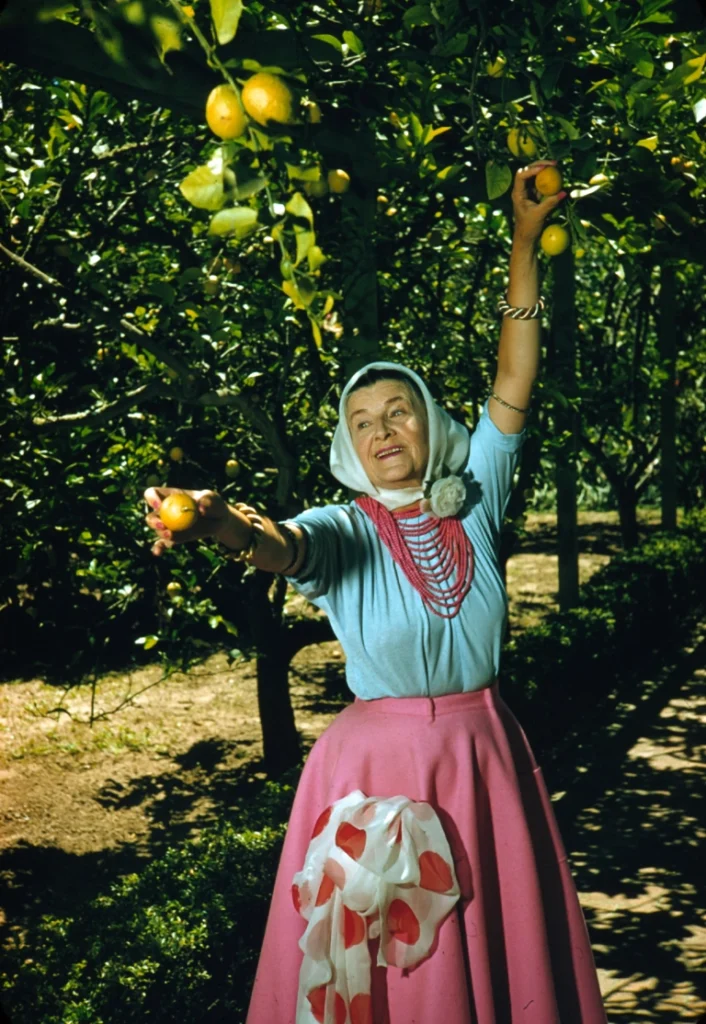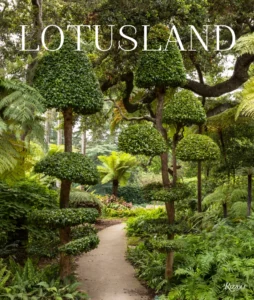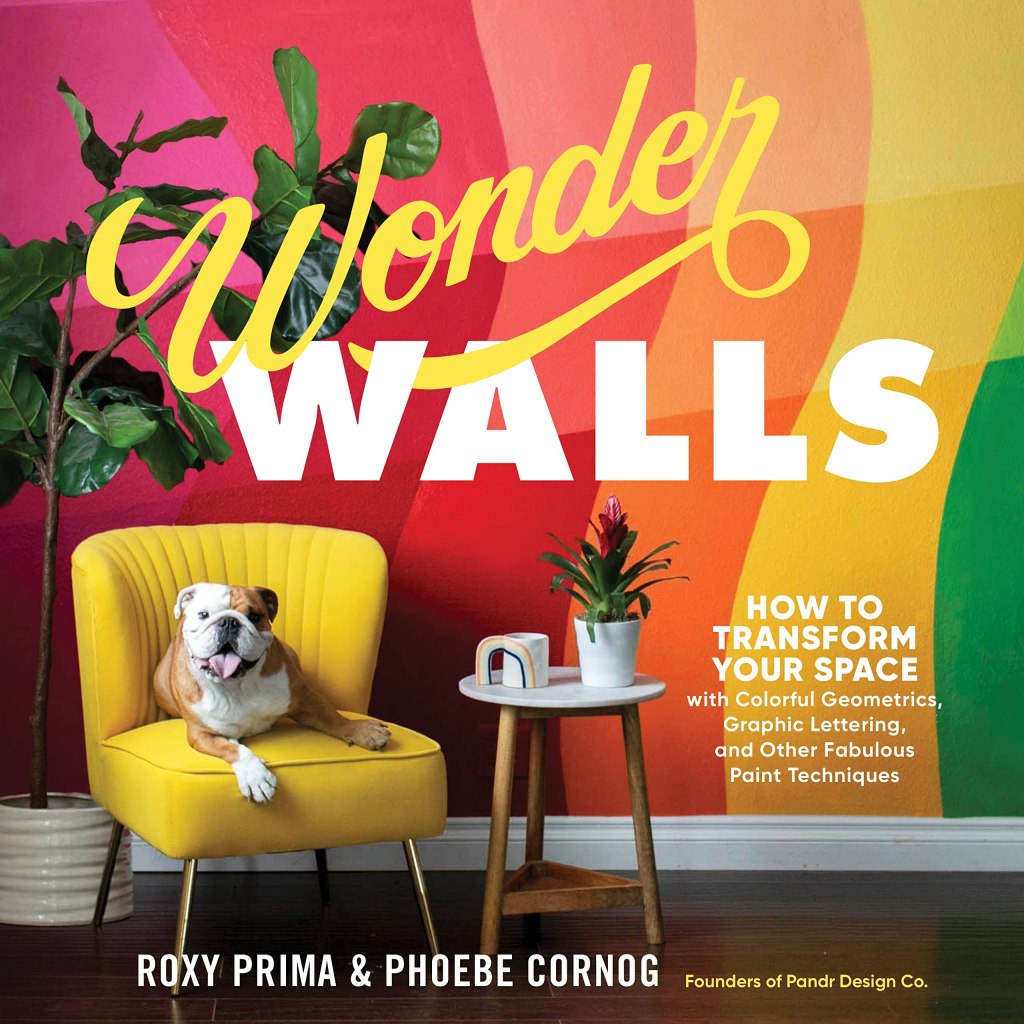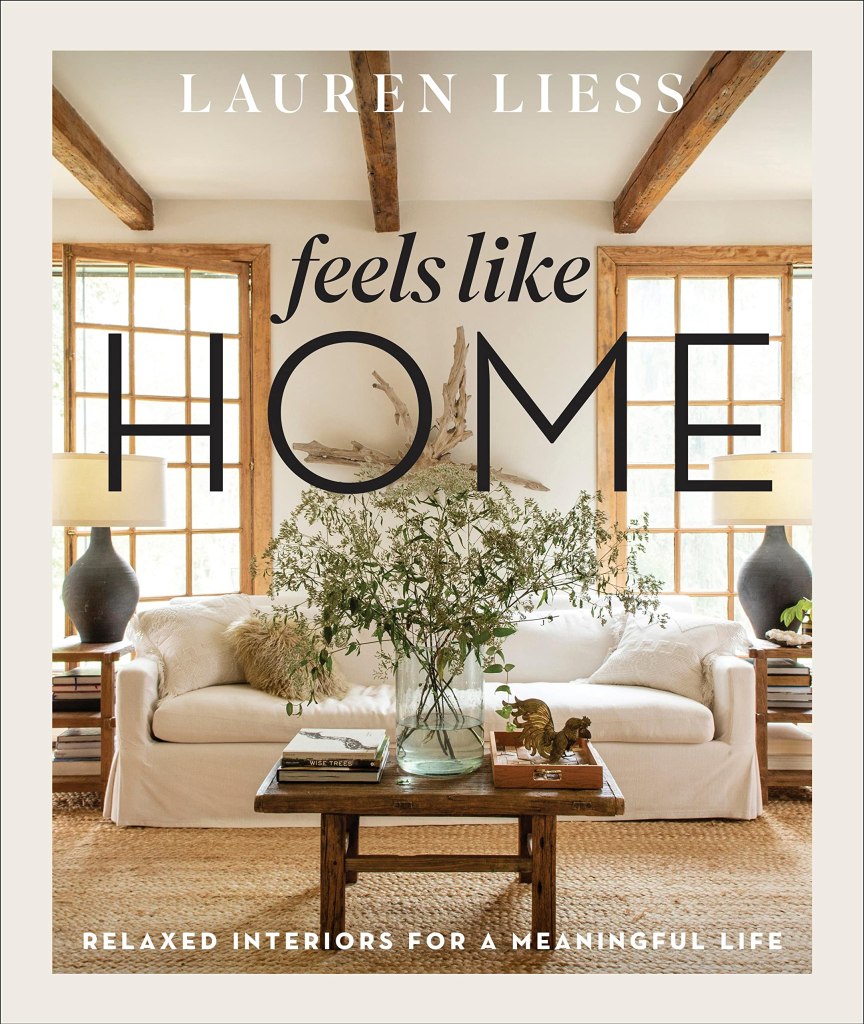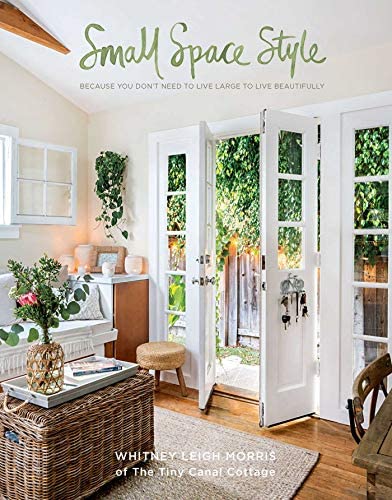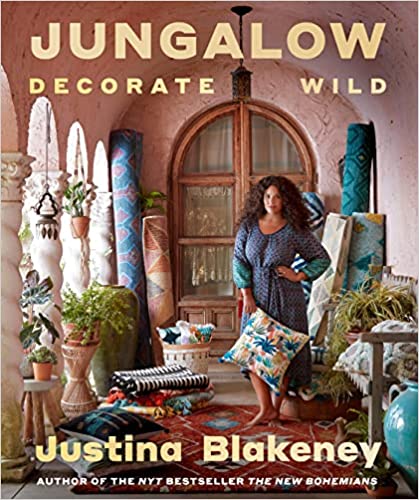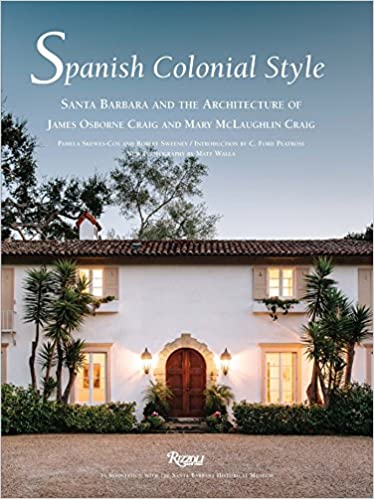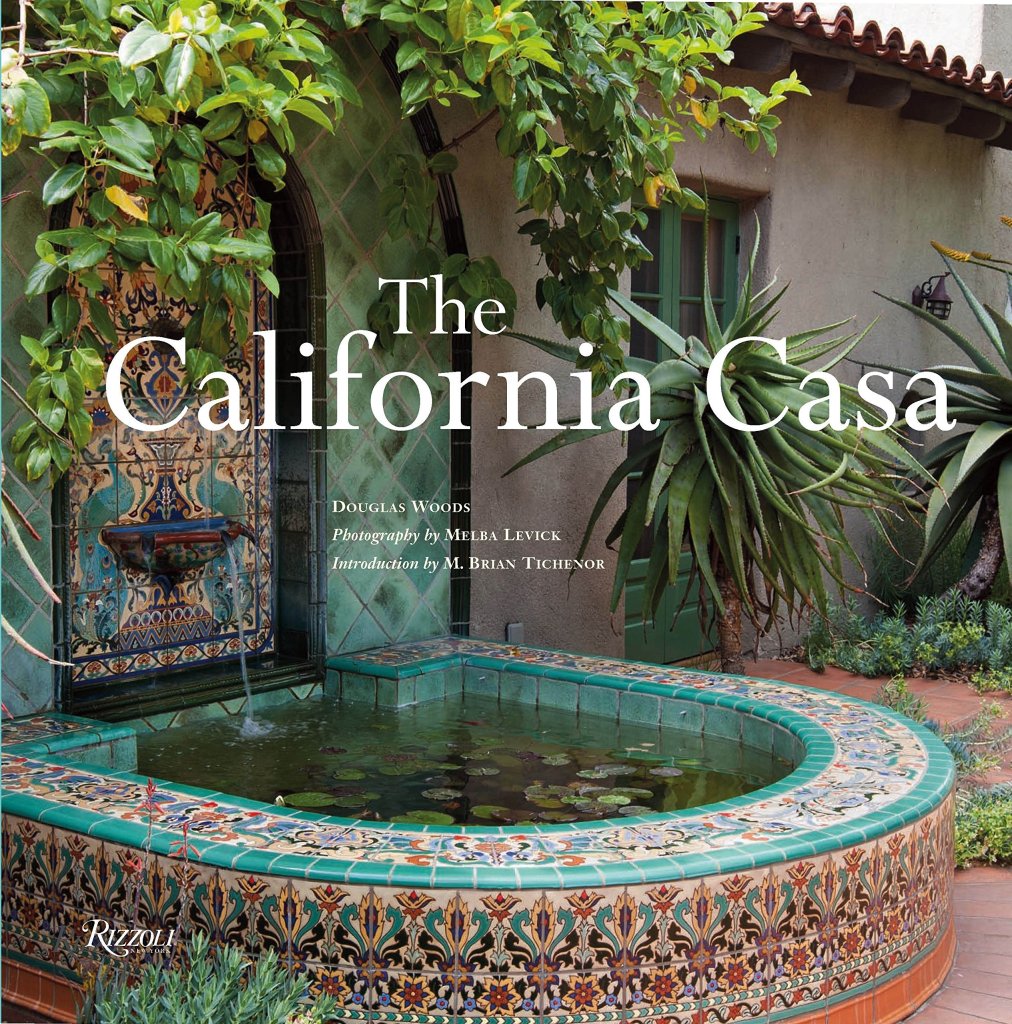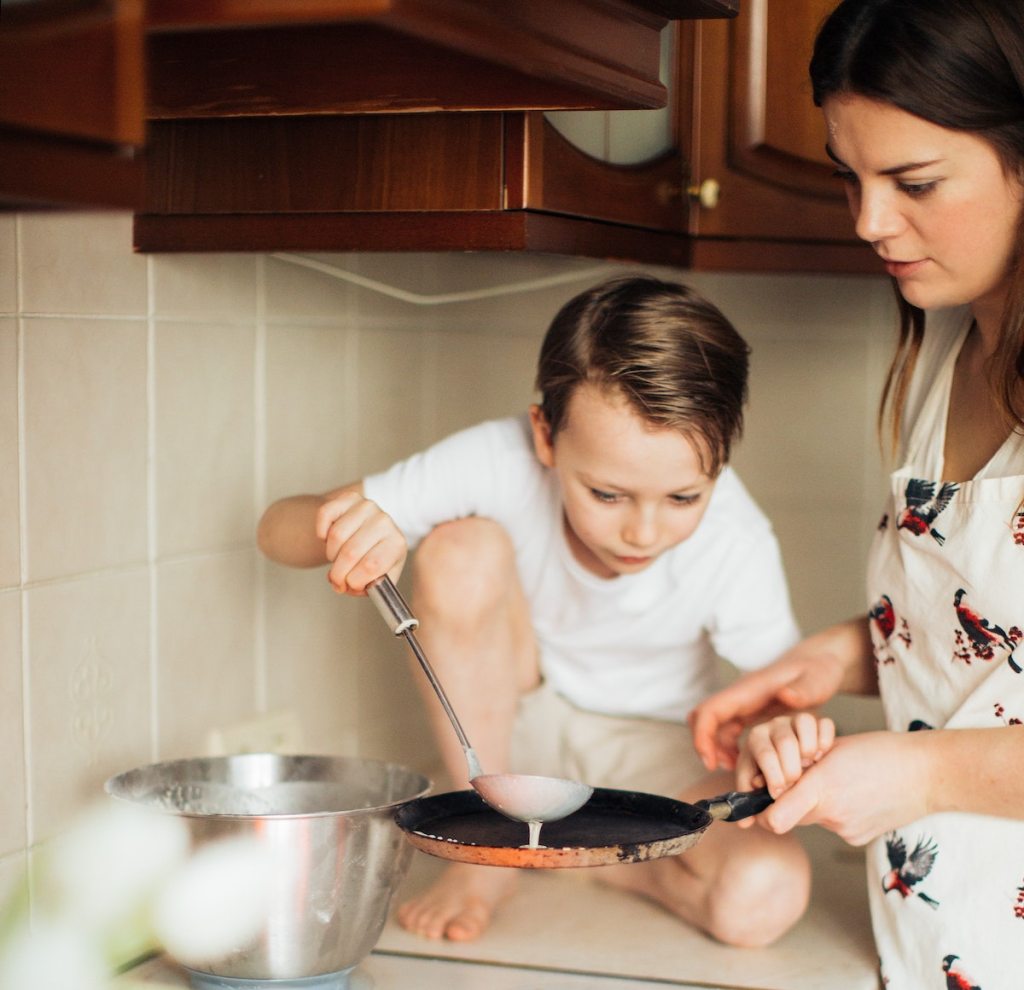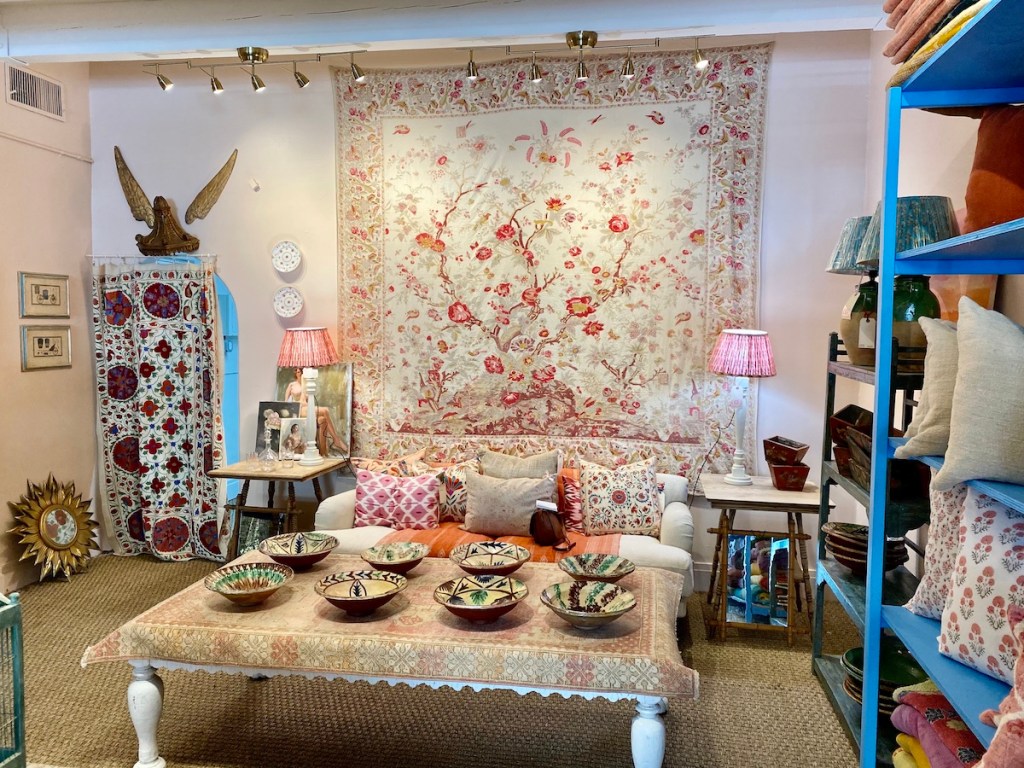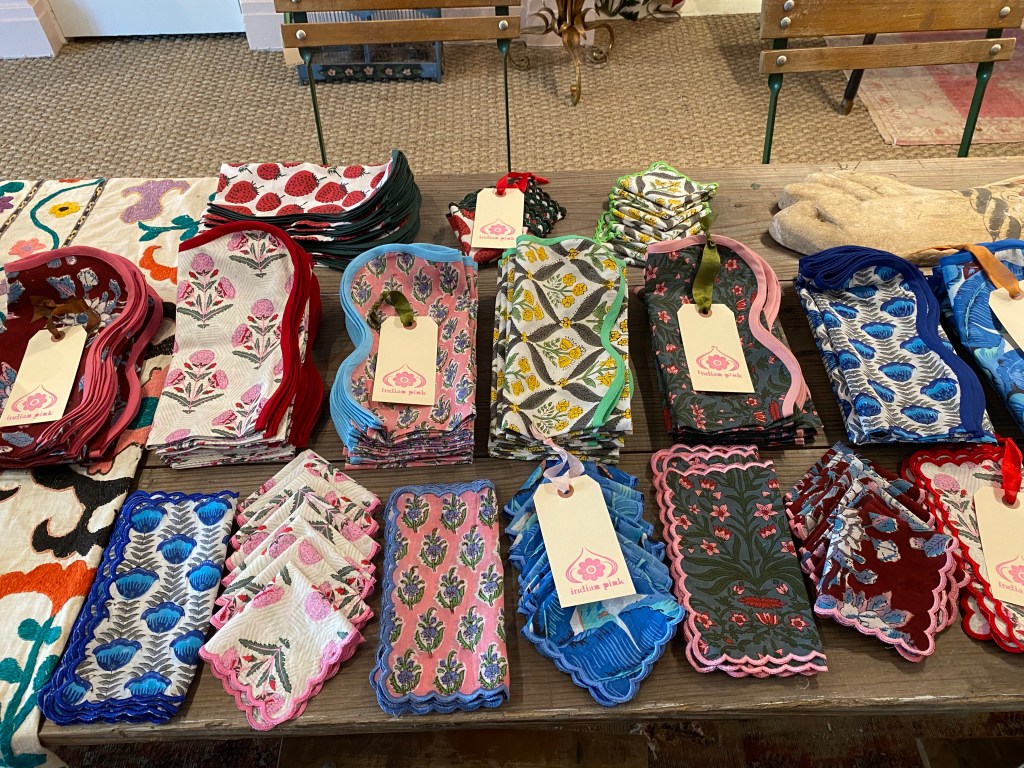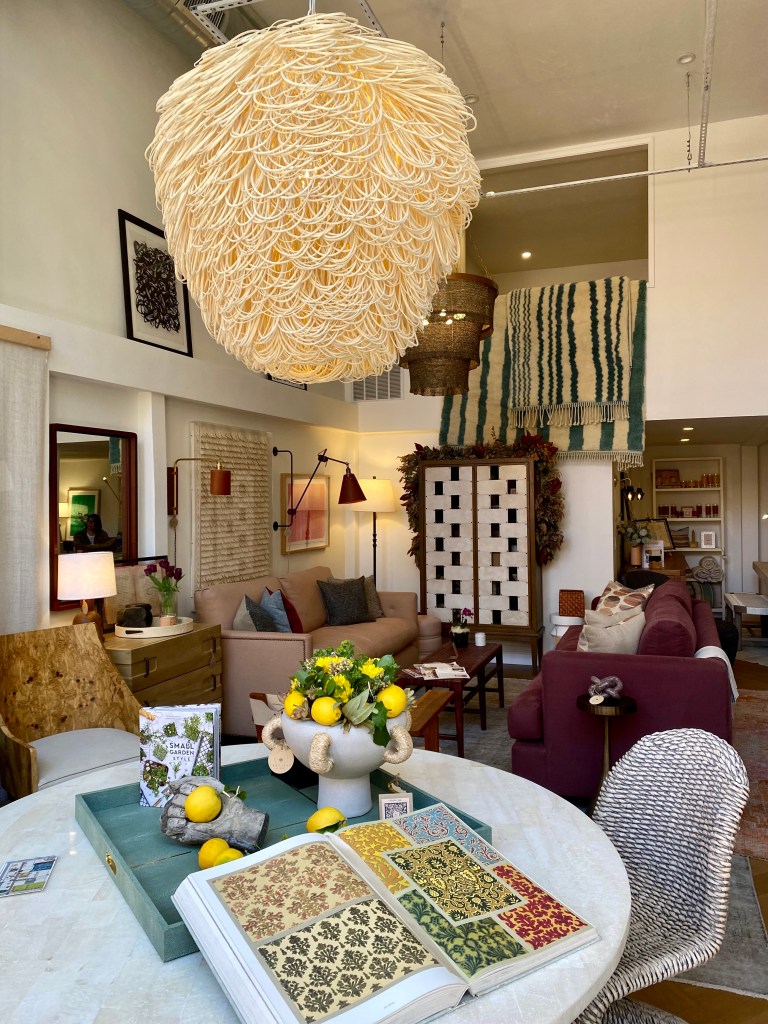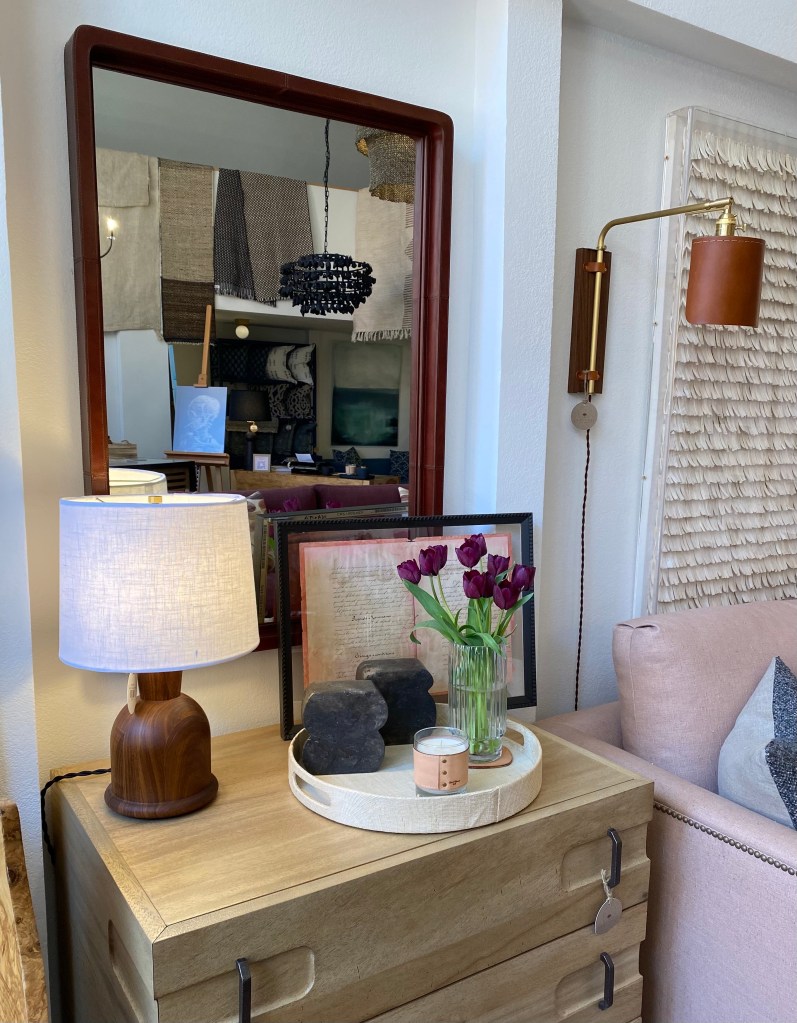So many books, so little time—part 17.
My son started keeping a reading list in third grade, so I did too. This is the 17th year we’ve done this.
Work and well, life in general kept me pretty busy, but I still managed to read a LOT, and listened to a number of audiobooks as well.
My favorite books this year were Tom Lake, by Ann Patchett (a beautiful story about a mother telling her daughters the story of a long ago summer romance), Klara and the Sun by Kazuo Ishiguro (a futuristic novel that brings in elements of AI and its possible role in our futures), Hello Beautiful by Ann Napolitano (a moving story about the bonds of family), Remarkably Bright Creatures by Shelby Van Pelt (a book club pick about a widow and an octopus that I was sure I’d hate, but ended up loving), Foreverland: On the Divine Tedium of Marriage by Heather Havilresky (the only nonfiction pick on my list of favorites, this is a series of essays about, you guessed, marriage),
Yellowface. by R.F. Kuang (a really compelling novel about the world of literature and who gets to tell what stories in the age of cultural appropriation), The Golden Couple by Greer Hendricks and Sarah Pekkanen (a page turner till the bitter end), Nothing to See Here by Kevin Wilson ( a very original story full of weirdly compelling characters, including a pair of twins who light on fire when they get angry), and This is How it Always is by Laurie Frankel ( a really well done and eye opening story about a family with a transgender child).
I’d love to hear what everyone else enjoyed. Here’s my 2023 list:
| Love on the Brain | Ali | Hazelwood |
| Less | Andrew Sean | Greer |
| The Vibrant Years | Sonali | Dev |
| The Lincoln Highway | Amor | Towles |
| Rules of Civility | Amor | Towles |
| The Half Known Life | Pico | Iyer |
| Amanda Wakes Up | Alisyn | Camerota |
| When in Rome | Sarah | Adams |
| Like a Rolling Stone | Jann S. | Wenner |
| Incense and Sensibility | Sonali | Dev |
| Perfect Tunes | Emily | Gould |
| The Second Season | Emily | Adrian |
| The Matzah Ball | Jean | Meltzer |
| When Sparks Fly | Helena | Hunting |
| A Holly Jolly Diwali | Sonya | Lalli |
| Black Girls Must BE Magic | Jayne | Allen |
| Remarkably Bright Creatures | Shelby | Van Pelt |
| The Sound of Gravel | Ruth | Wariner |
| Look Alive Out There | Sloane | Crosley |
| The Unspeakable | Meghan | Daum |
| Have I Told You This Already? | Lauren | Graham |
| Keya Das’s Second Act | Sopan | Deb |
| Pride, Prejudice and Other Flavors | Sonali | Dev |
| Yours Cheerfully | A.J. | Pearce |
| The Invitation | Lucy | Foley |
| The Candid Life of Meena Dave | Namrata | Patel |
| The Power | Naomi | Alderman |
| Dear Mrs. Bird | AJ | Pearce |
| The Flatshare | Beth | O’Leary |
| Klara and the Sun | Kazuo | Ishiguro |
| The People We Keep | Alison | Larkin |
| This is How it Always Is | Laurie | Frankel |
| What’s the Matter with Mary Jane? | Candas Jane | Dorsey |
| Cult Classic | Sloane | Crosley |
| Crying in H Mart | Michelle | Zaunder |
| Something She’s Not Telling Us | Darcey | Bell |
| Spare | Prince Harry | |
| Forget Me Not | Ellie | Terry |
| Nothing to See Here | Kevin | Wilson |
| Big Magic | Elizabeth | Gilbert |
| Unmarriageable | Soniah | Kamal |
| The Four Winds | Kristin | Hannah |
| Serena Singh Flips the Script | Sonya | Lalli |
| The Last Bookshop in London | Madeline | Martin |
| Mika in Real Life | Emiko | Jean |
| The Ex Hex | Erin | Sterling |
| Little Lovely Things | Maureen Joyce | Connolly |
| The Younger Wife | Sally | Hepworth |
| The Good Girl Complex | Elle | Kennedy |
| Tokyo Ever After | Emiko | Jean |
| Commitment | Mona | Simpson |
| The Suite Spot | Trish | Doller |
| Dear Edward | Ann | Napolitano |
| I’ll Be You | Janelle | Brown |
| Romantic Comedy | Curtis | Sittenfeld |
| The Book of the Most Precious Substance | Sara | Gran |
| Really Good, Actually | Monica | Heisey |
| The Golden Couple | Greer Hendricks and Sarah | Pekkanen |
| Cassandra in Reverse | Holly | Smale |
| The Storyteller | Dave | Grohl |
| Yellowface | R.F. | Kuang |
| Fathers and Sons | Ivan | Turgenev |
| Where you See Yourself | Claire | Forrest |
| The Off Limits Rule | Sarah | Adams |
| For Her Consideration | Amy | Spalding |
| If He Had Been With Me | Laura | Nowlin |
| The Secret Life of Albert Entwistle | Matt | Cain |
| This Story Will Change | Elizabeth | Crane |
| The Birthday Girls | Pauline | Lawless |
| Hot to Trot | M.C. | Beaton |
| After I Do | Taylor | Jenkins Reid |
| Bookish People | Susan | Coll |
| On the Rooftop | Margaret | Wilkerson Sexton |
| The Swimmers | Julie | Otsuka |
| Wahala | Nikki | May |
| Foreverland: On the Divine Tedium of Marriage | Heather | Havilresky |
| More Than You’ll Ever Know | Katie | Gutierrez |
| Unfortunately Yours | Tessa | Bailey |
| For Girls Who Walk Through Fire | Kim | DeRose |
| The Diamond Eye | Kate | Quinn |
| Early Morning Riser | Katherine | Heiny |
| Tom Lake | Ann | Patchett |
| The Princess Trap | Talia | Hibbert |
| The Incendiaries | R.O. | Kwon |
| Hello Beautiful | Ann | Napolitano |
| Year of the Monkey | Patti | Smith |
| I Have Lost My Way | Gayle | Forman |
| The It Girl | Ruth | Ware |
| Lucy by the Sea | Elizabeth | Strout |
| The Death of Mrs. Westaway | Ruth | Ware |
| A Killer App | Linda | Lovely |
| The Littlest Library | Poppy | Alexander |
| Someone Else’s Shoes | JoJo | Moyes |
| Any Other Family | Eleanor | Brown |
| High Strung: A Humorous Cozy Mystery (Glass Bead Mystery Series Book 1) | Janice | Peacock |
| Pest | Elizabeth | Foscue |
| The Wedding Setup | Sonali | Dev |
| The Rachel Incident | Caroline | O’Donoghue |
| The Woman in Cabin 10 | Ruth | Ware |
| I Could Live Here Forever | Hanna | Halperin |
| The Arc | Tory | Henwood Hoen |
| One by One | Ruth | Ware |
| Sadie on a Plate | Amanda | Ellliot |
| Maybe Next Time | Cesca | Major |
| A Very Inconvenient Scandal | Jacquelyn | Mitchard |
Previous Book Lists

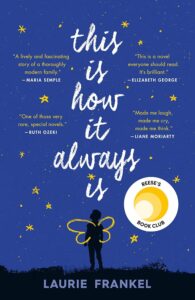

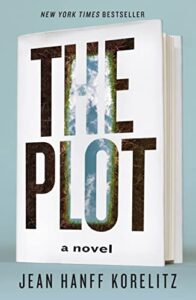
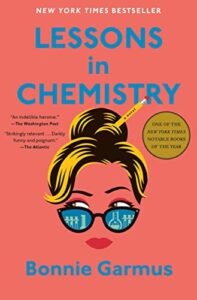

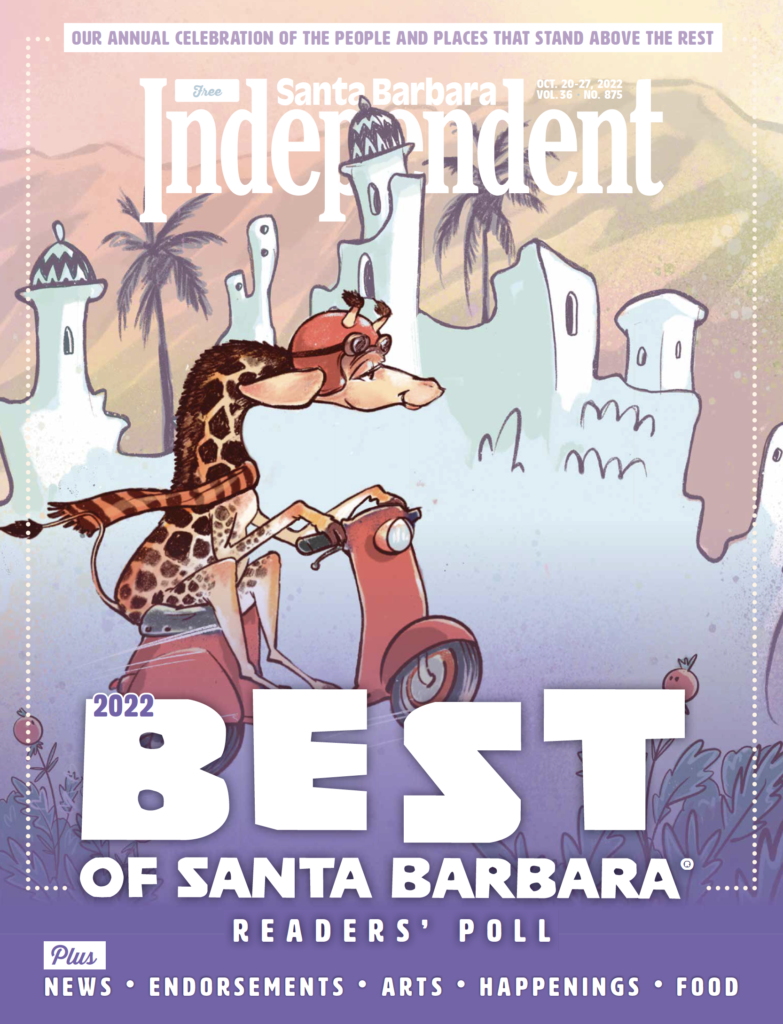
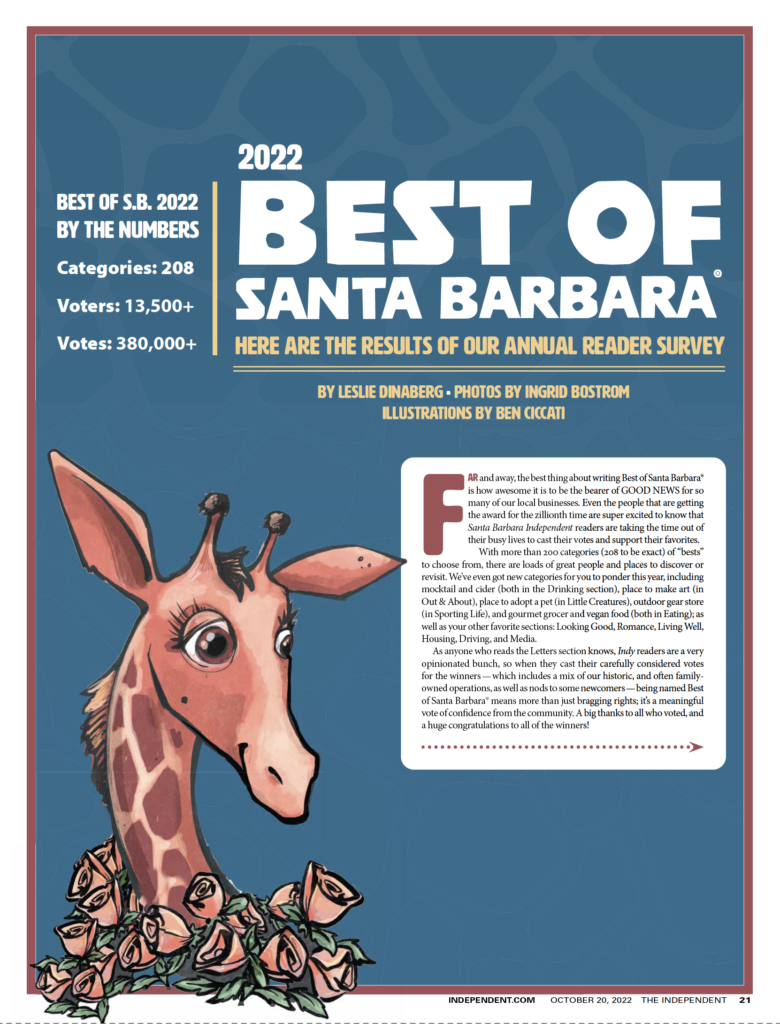
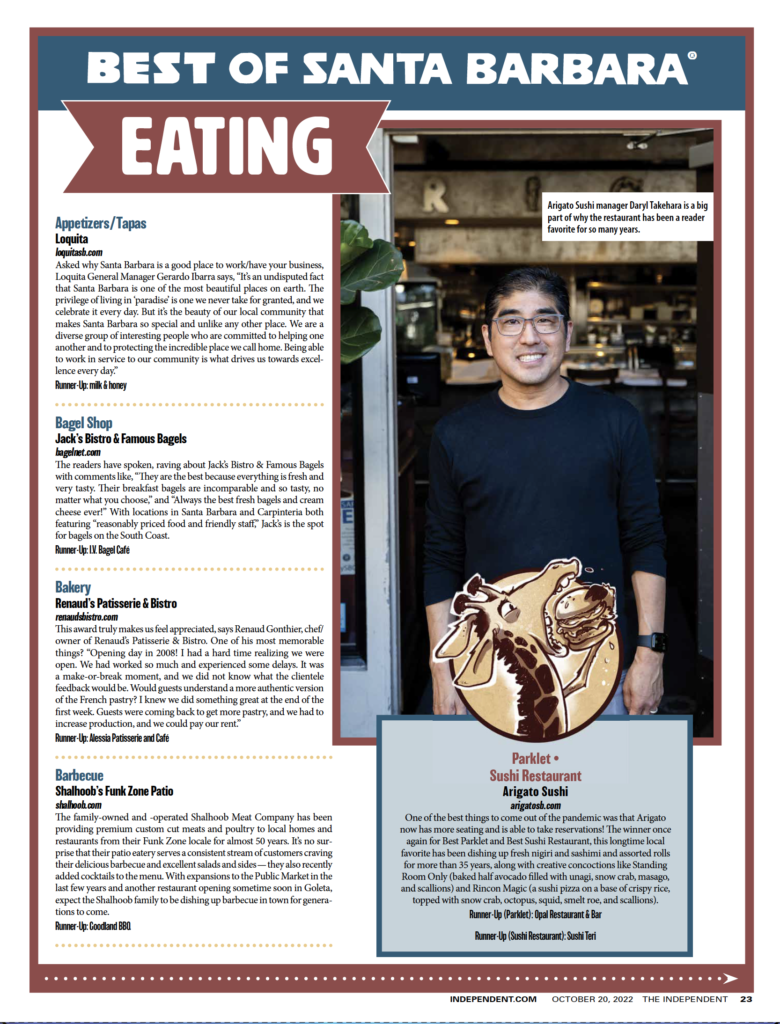
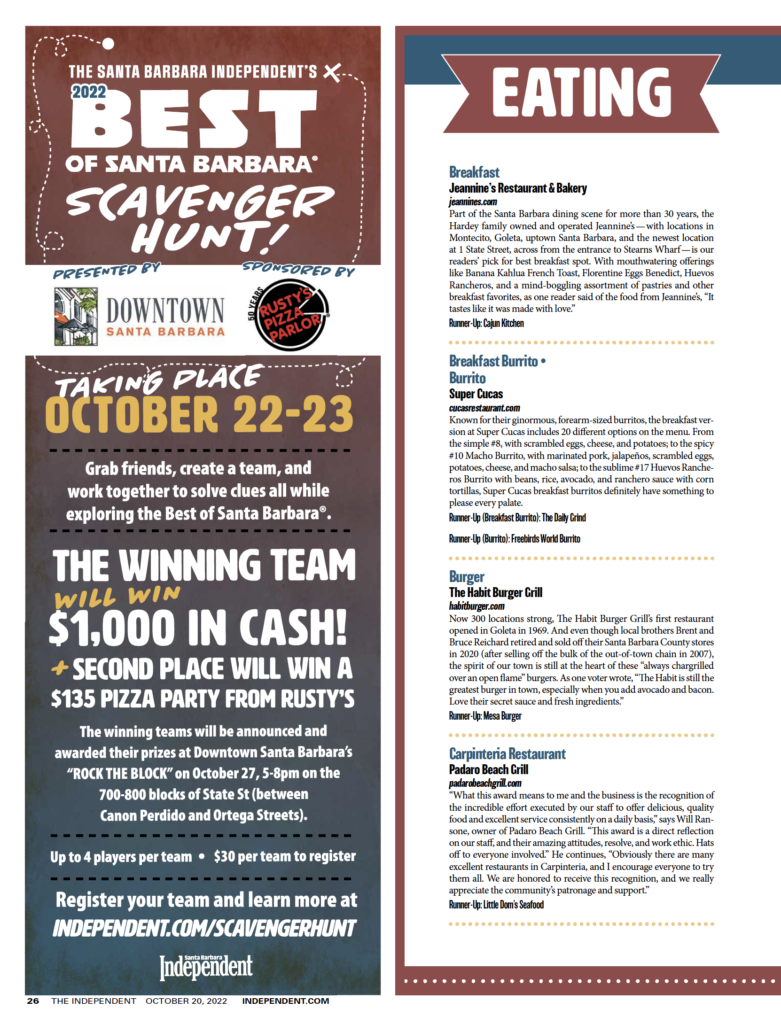
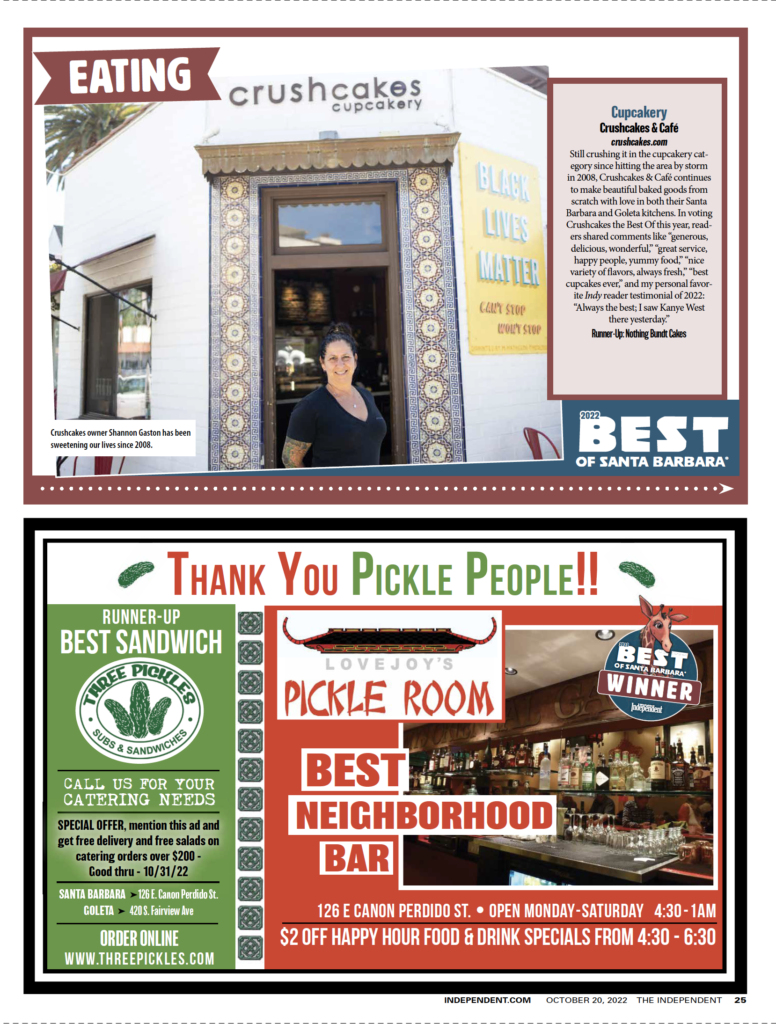
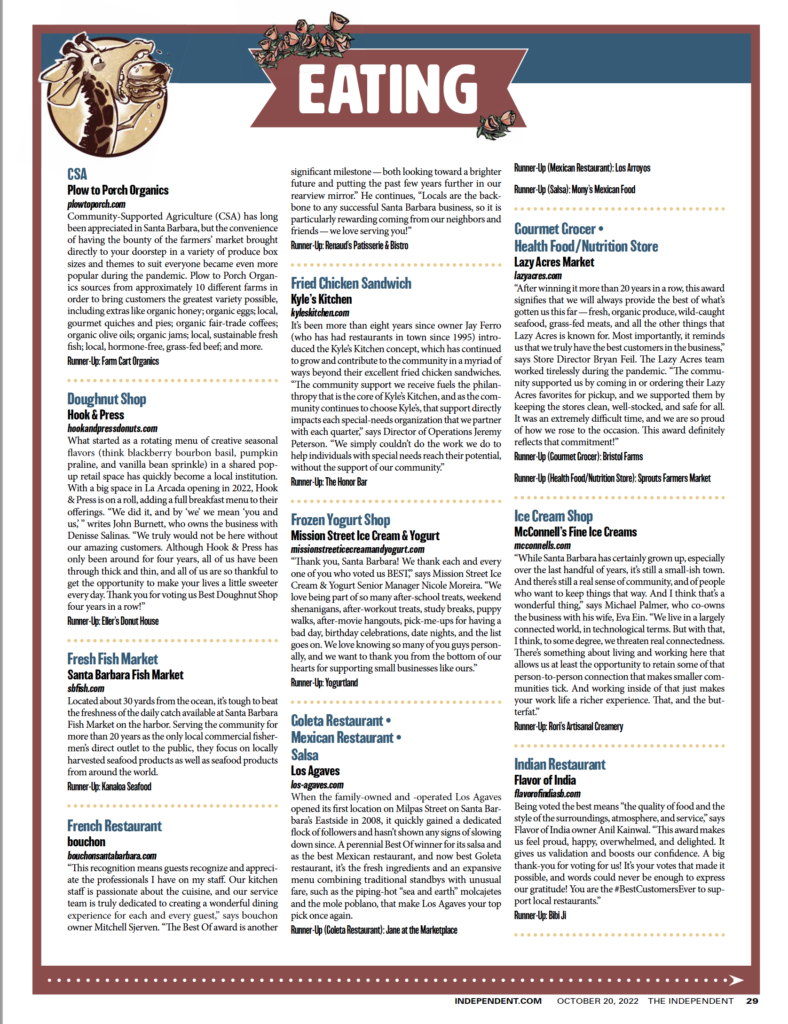
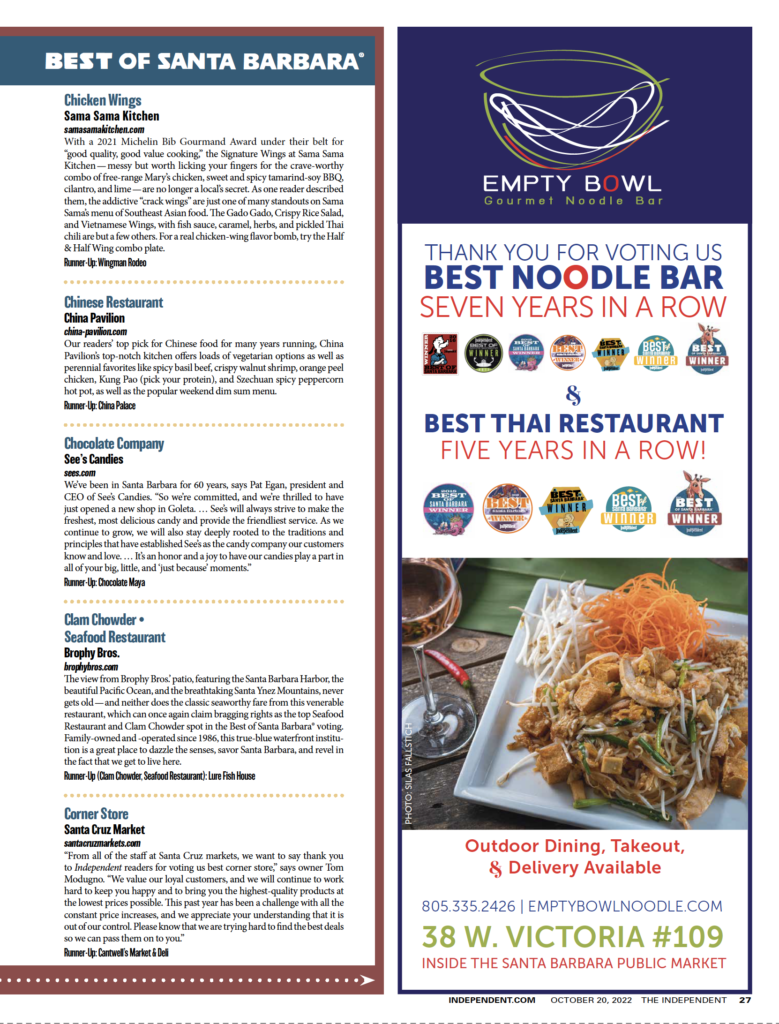
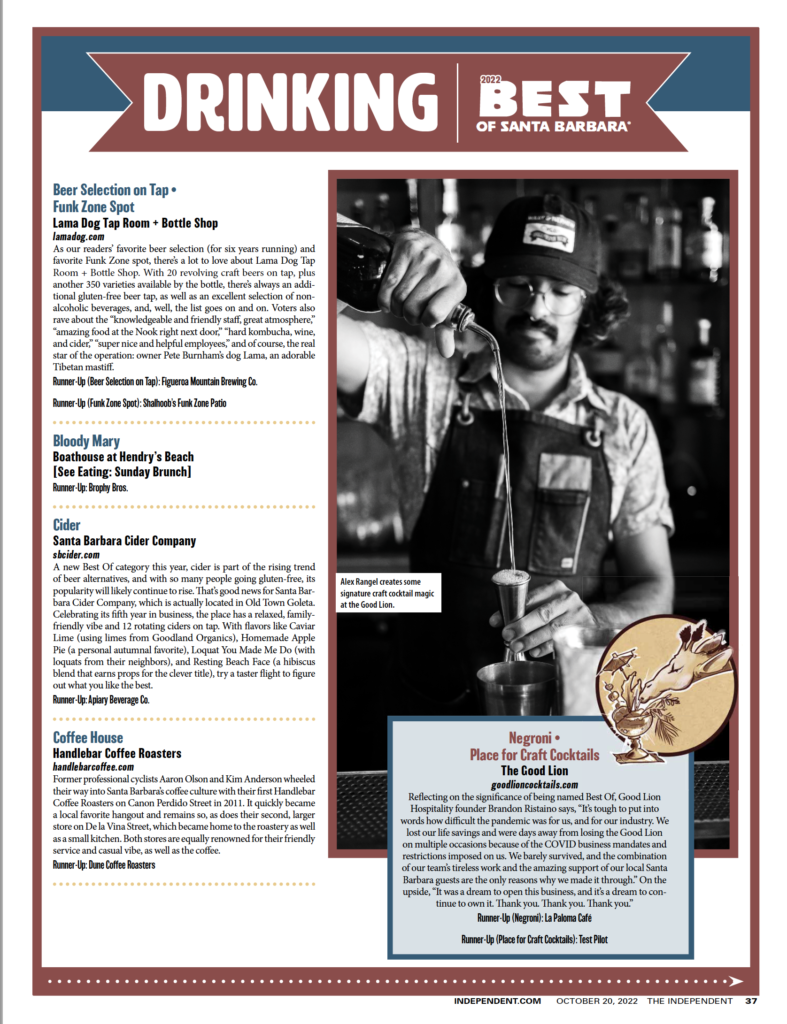
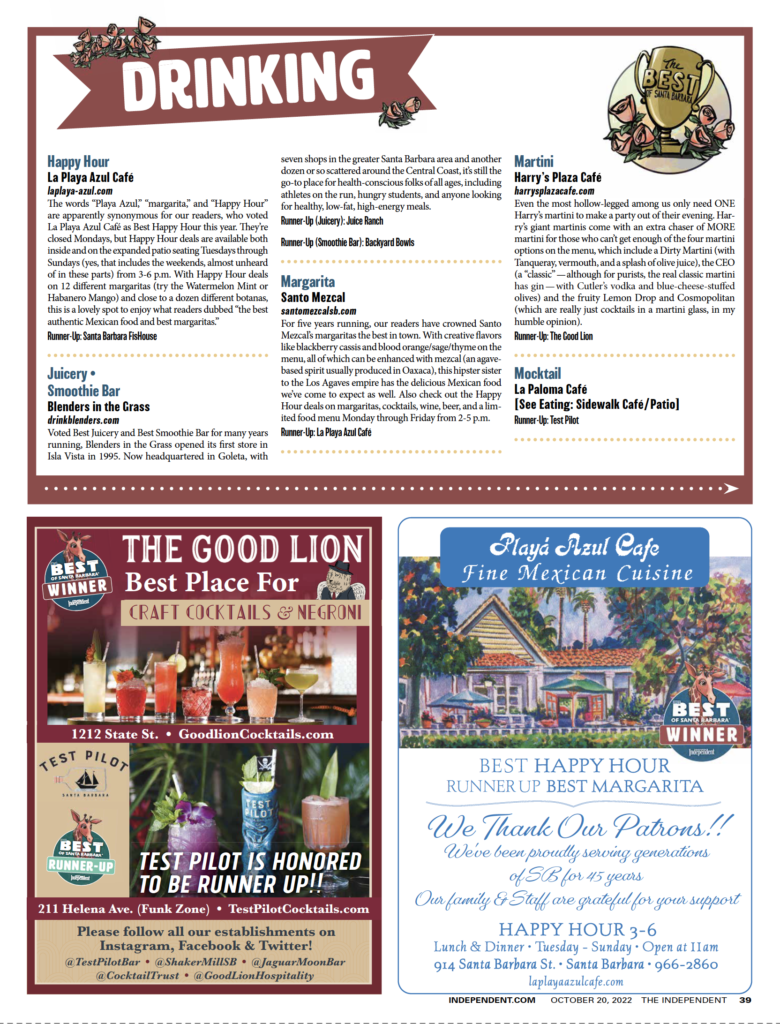
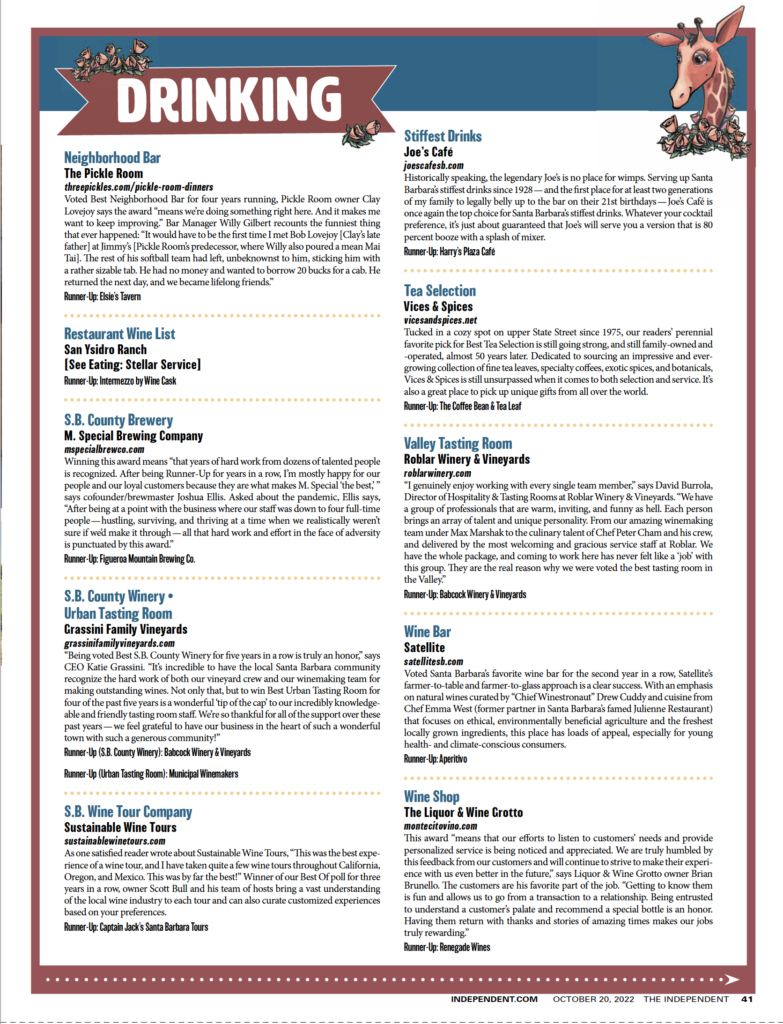 Out and About
Out and About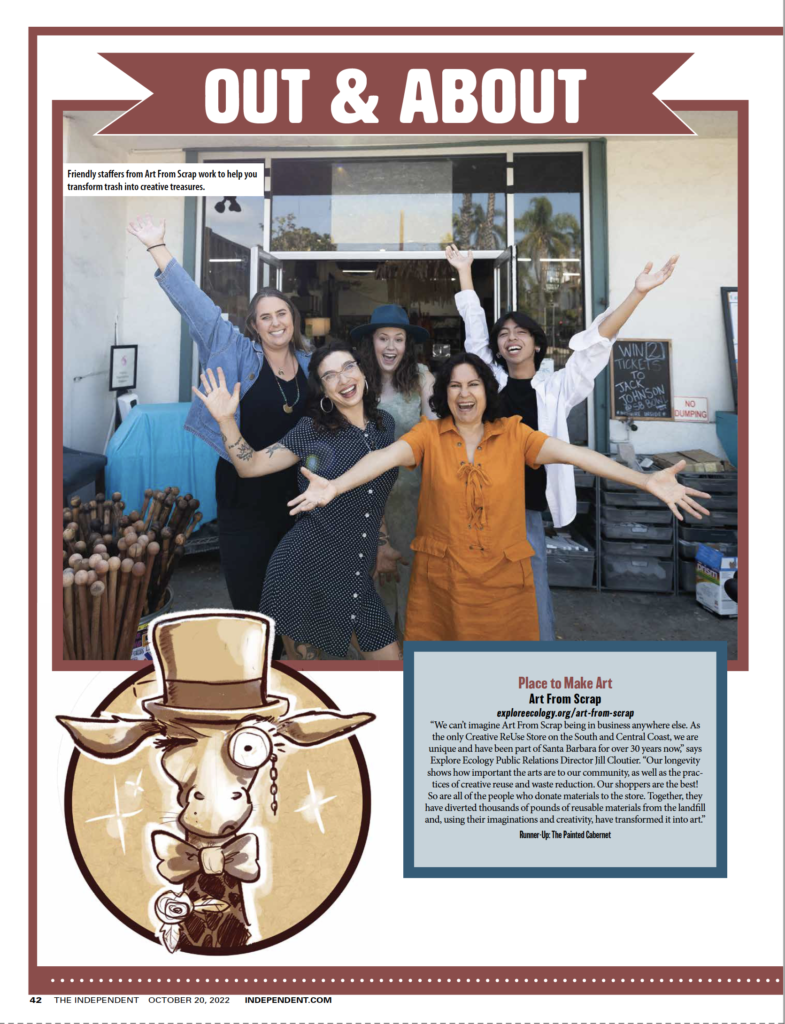
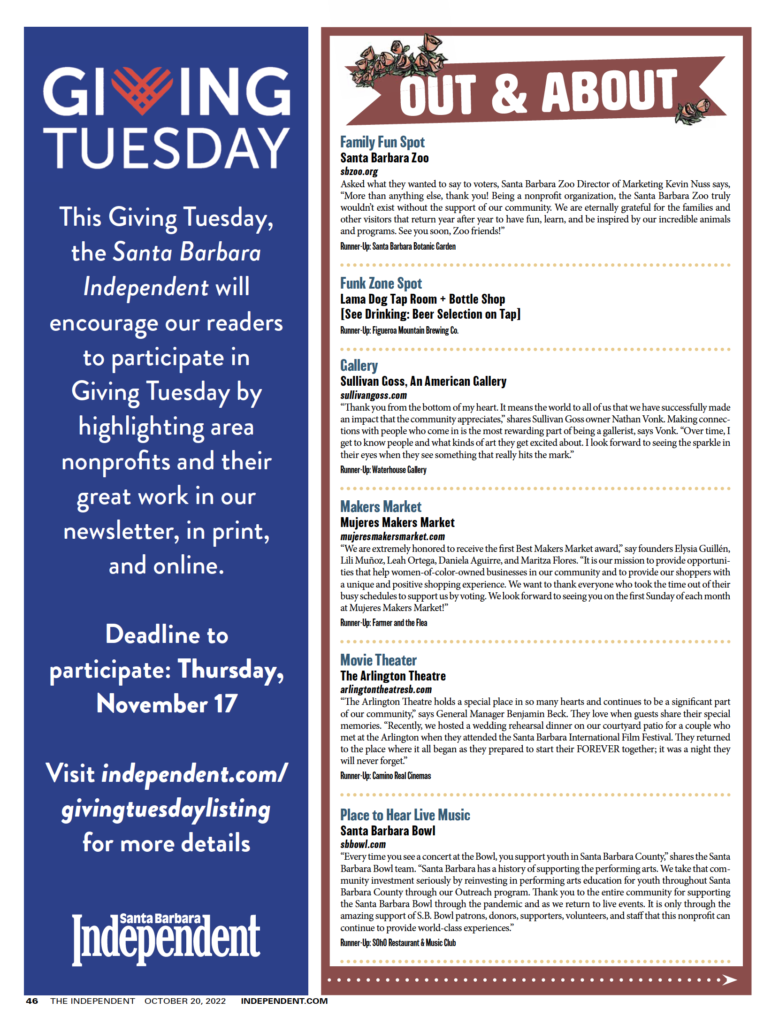
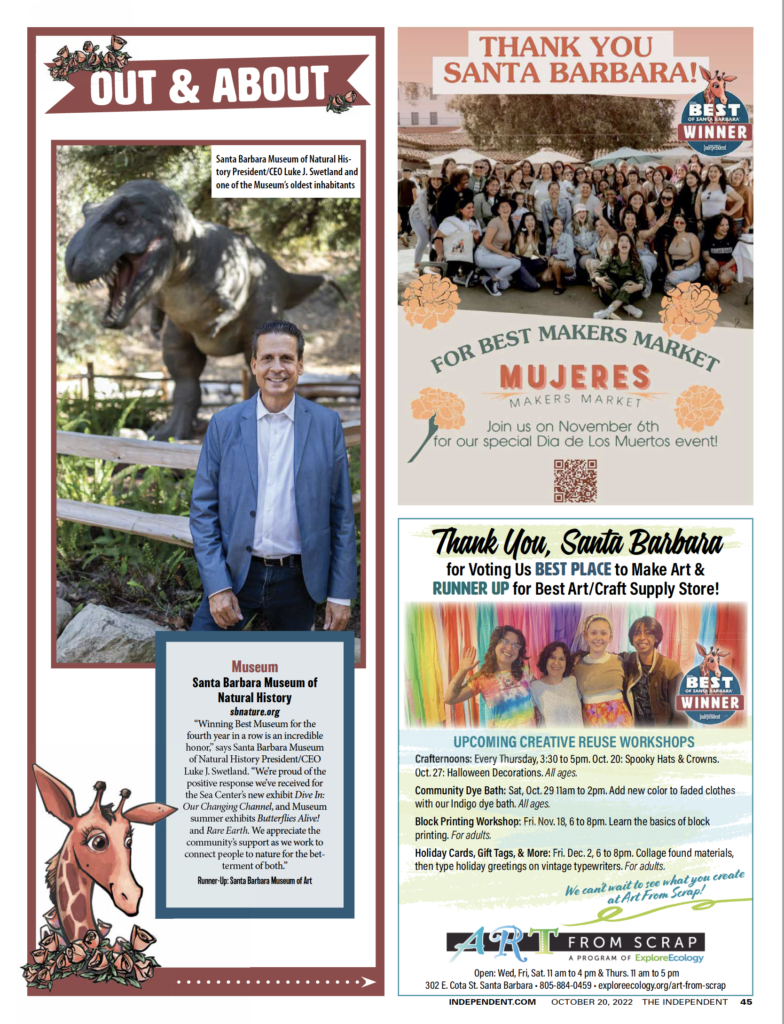
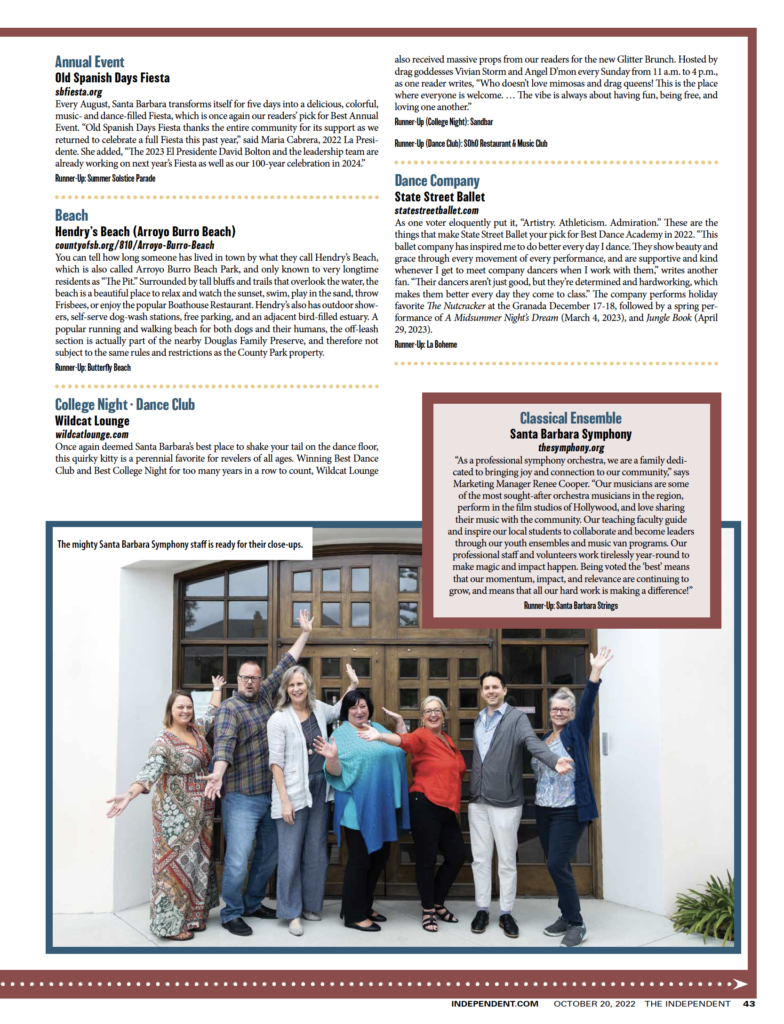 Sporting Life
Sporting Life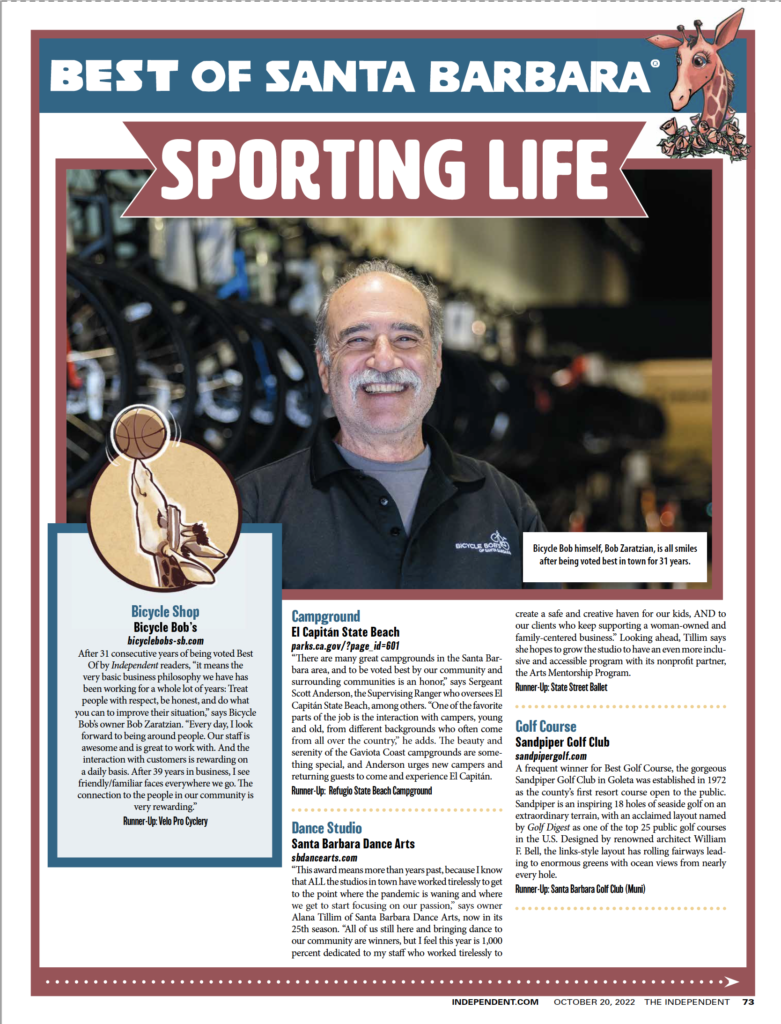
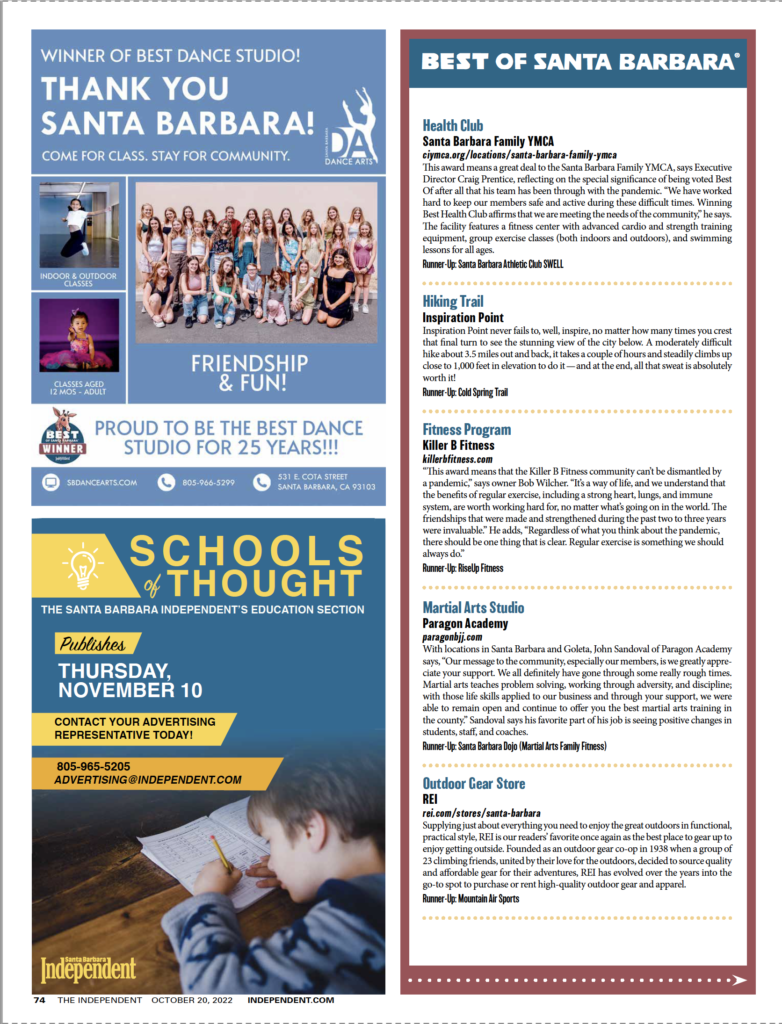

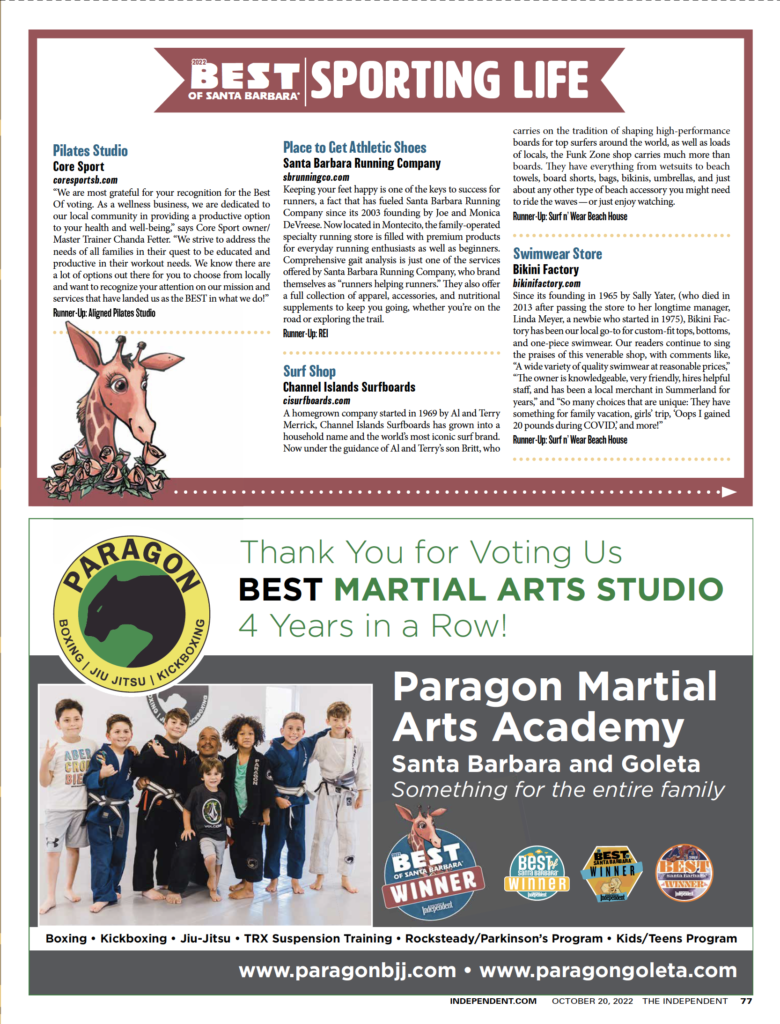 Looking Good
Looking Good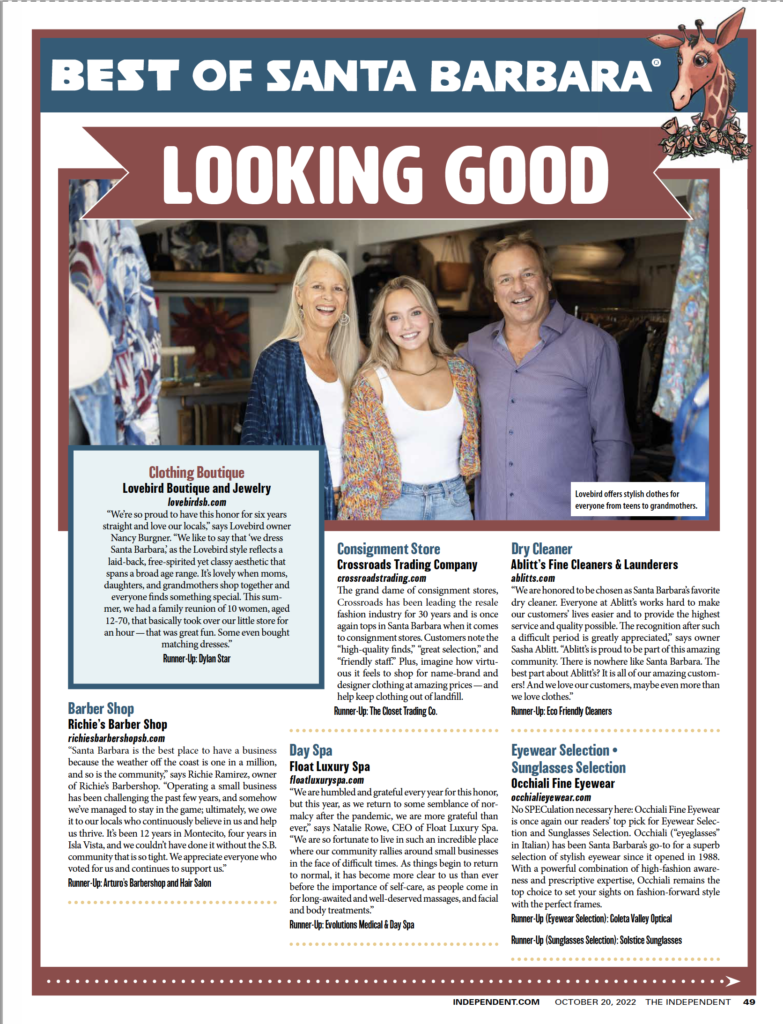
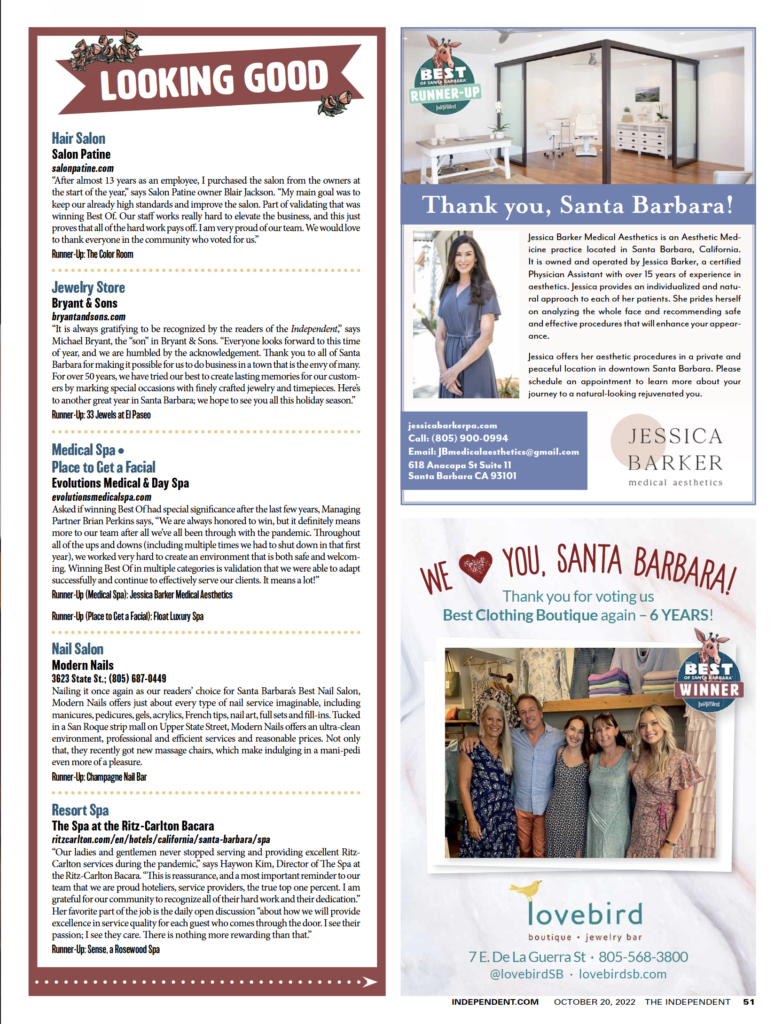
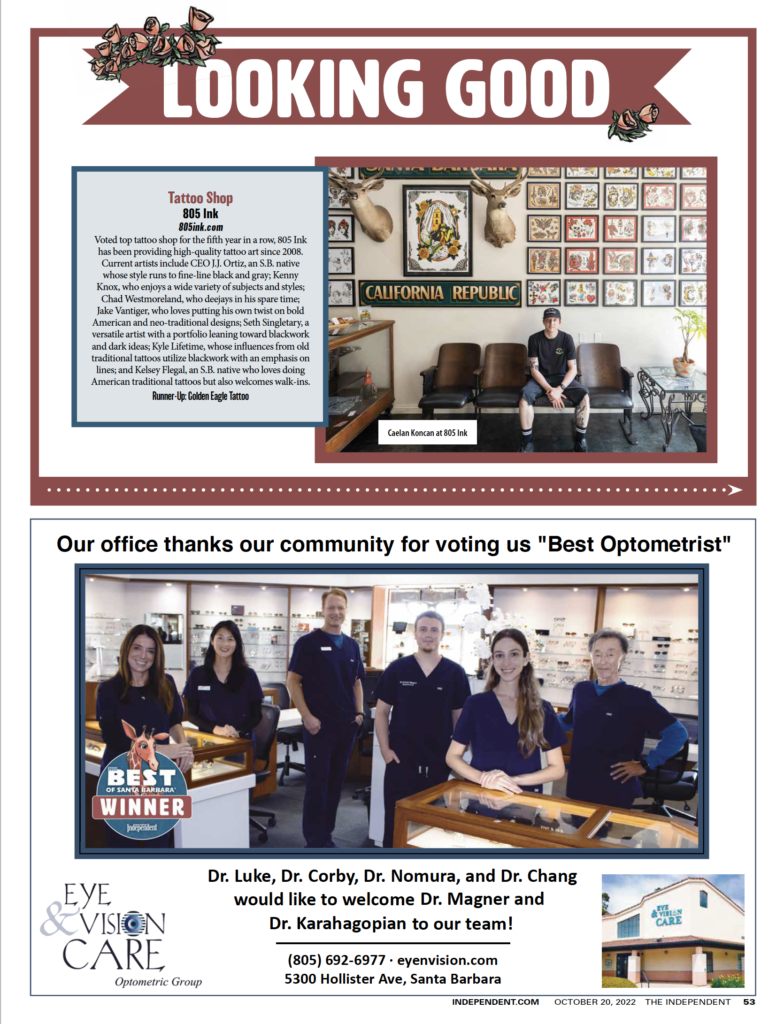
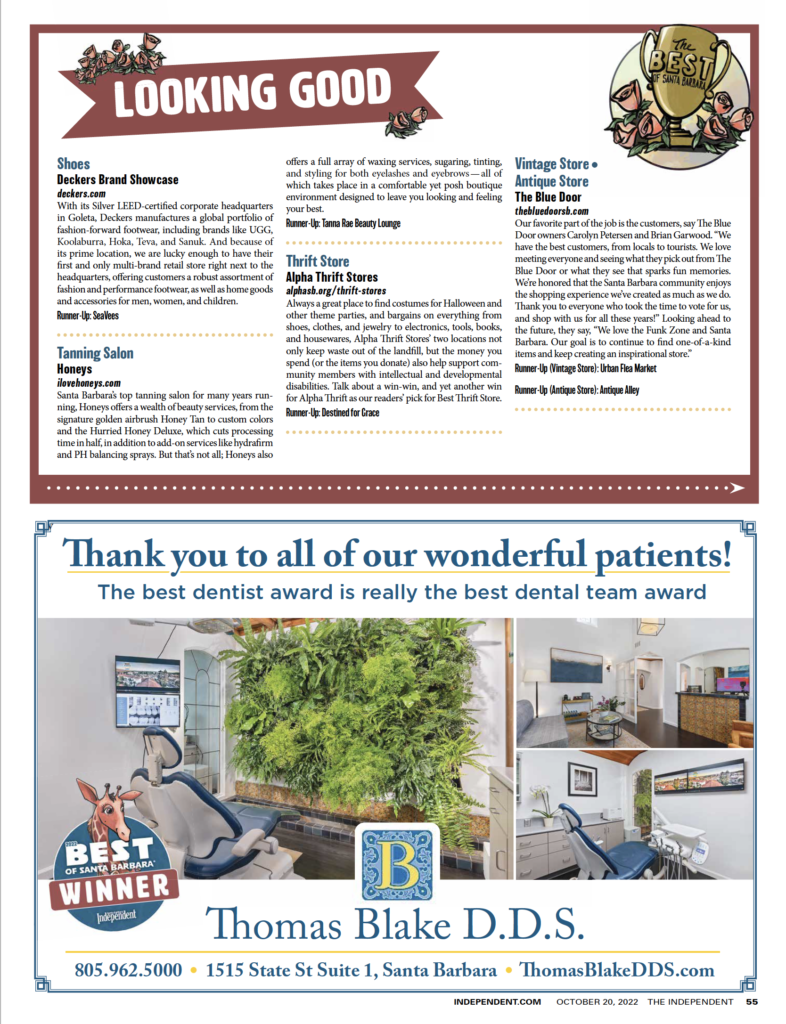
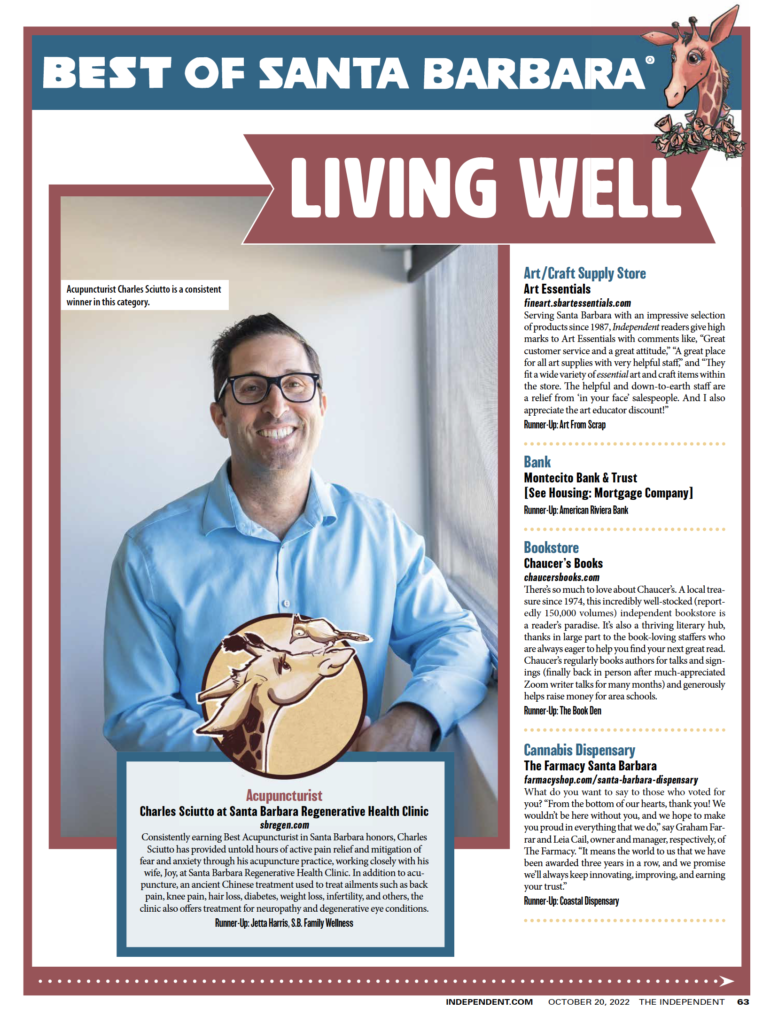
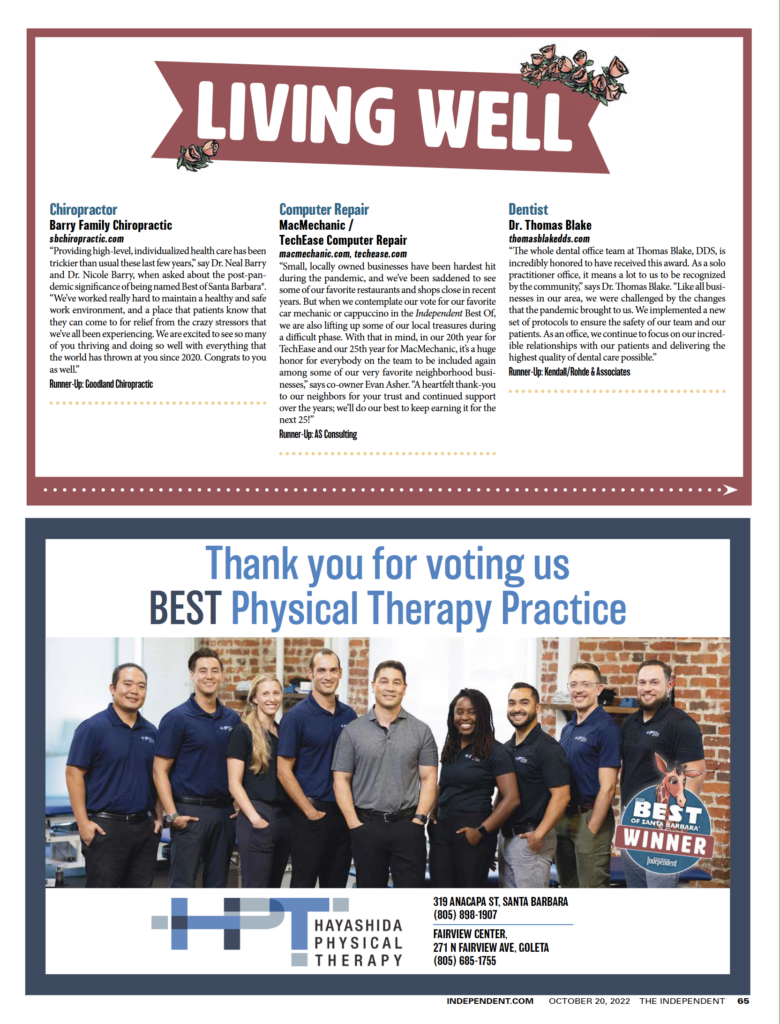
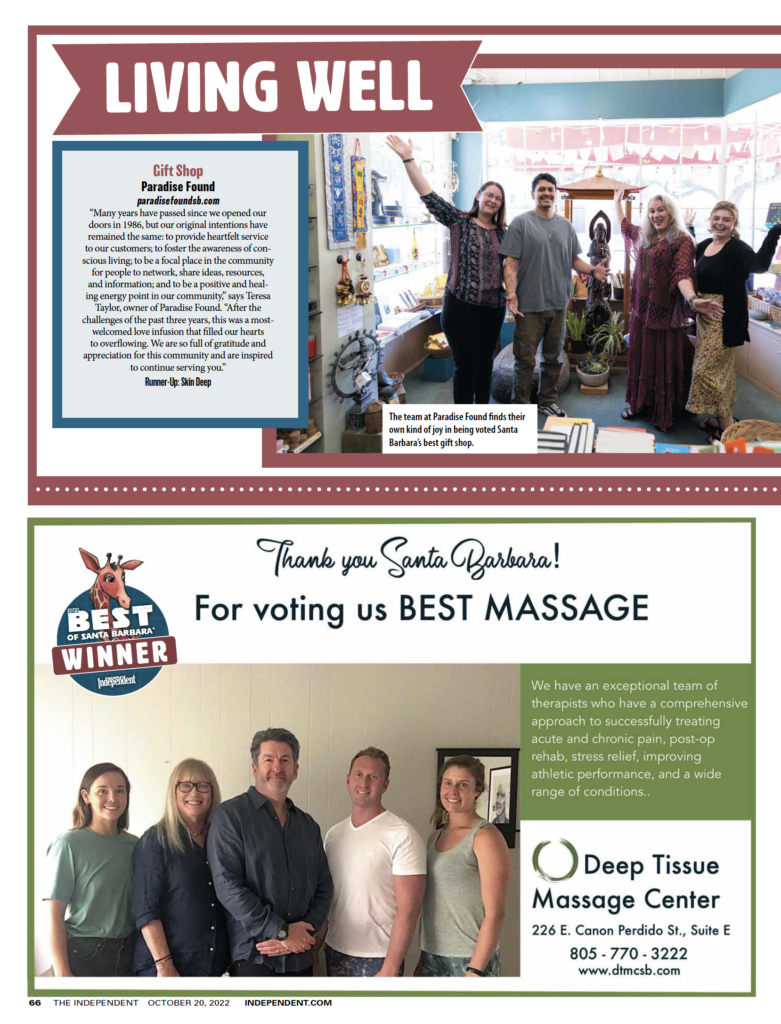
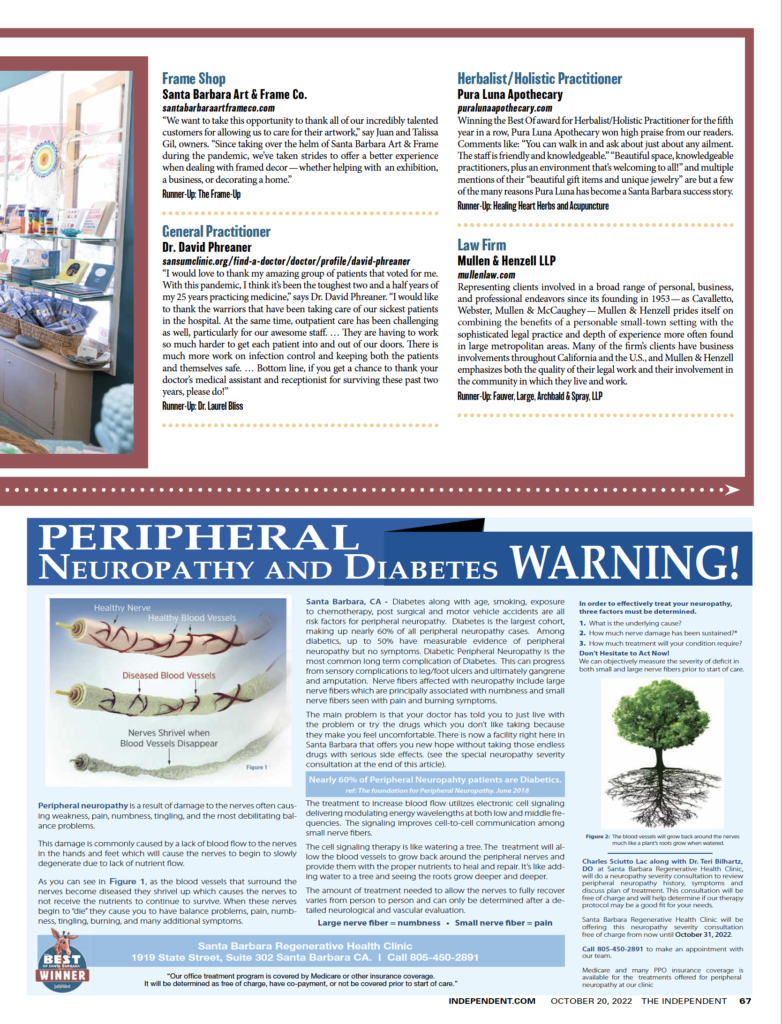
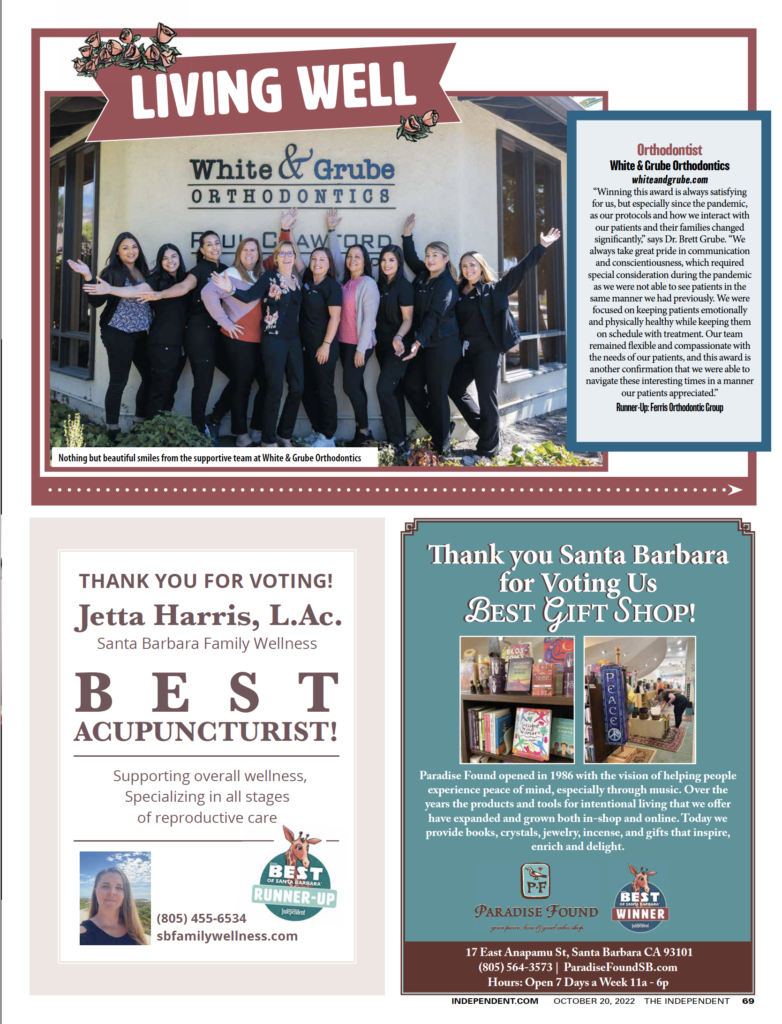
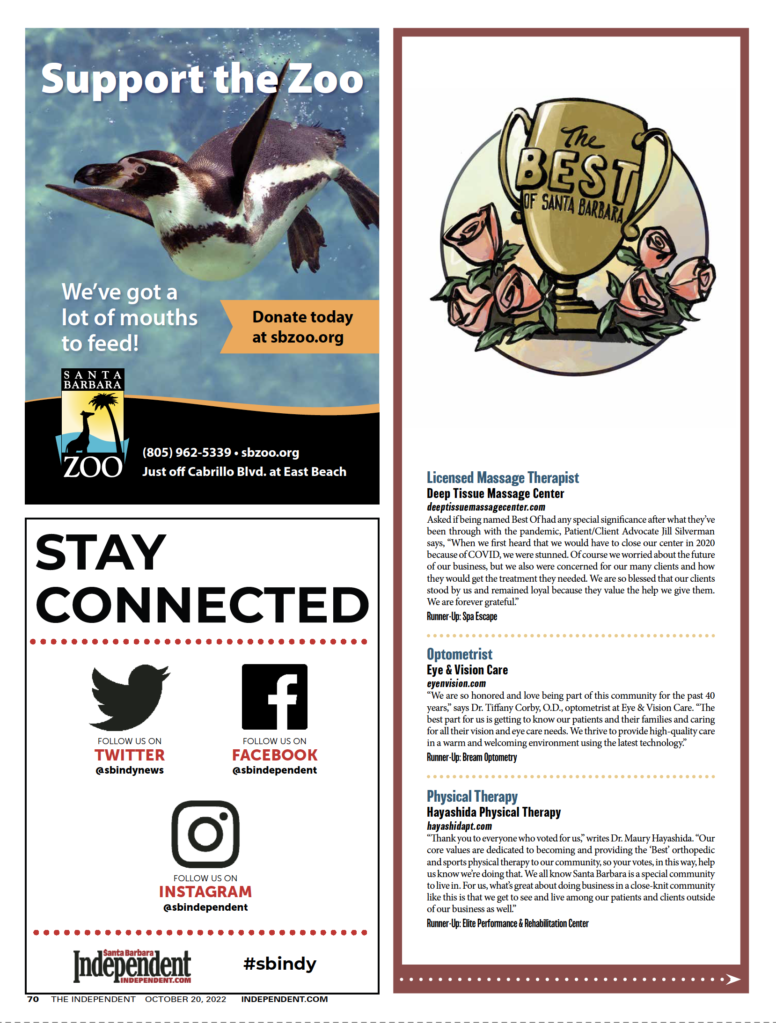
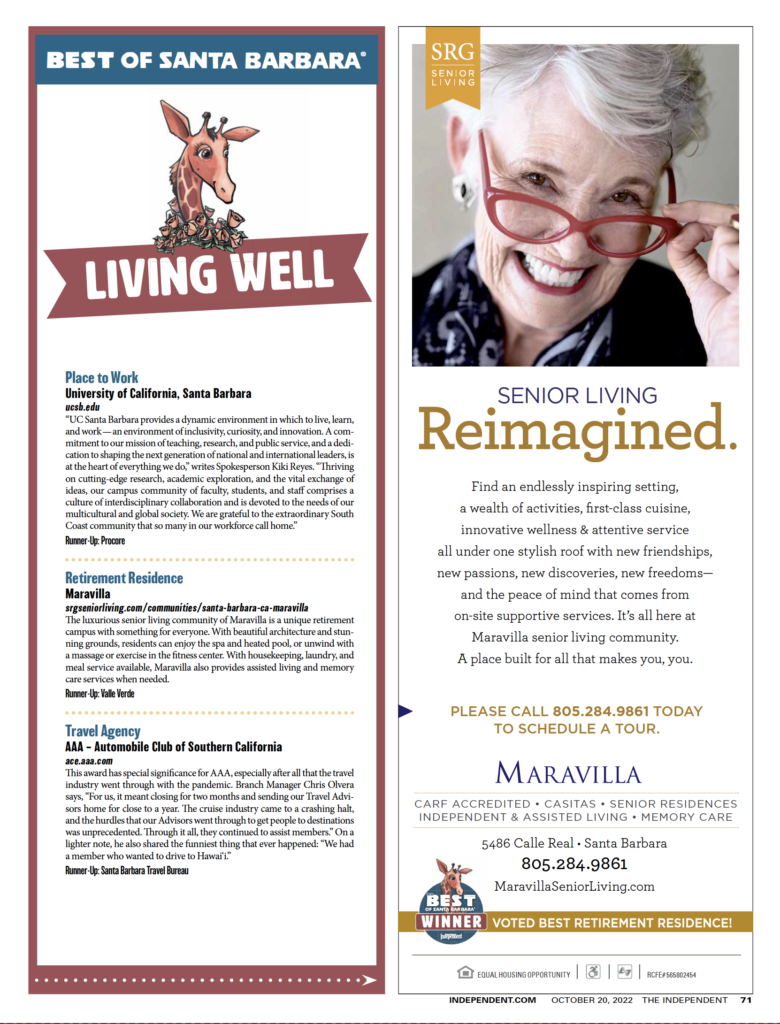 Romance
Romance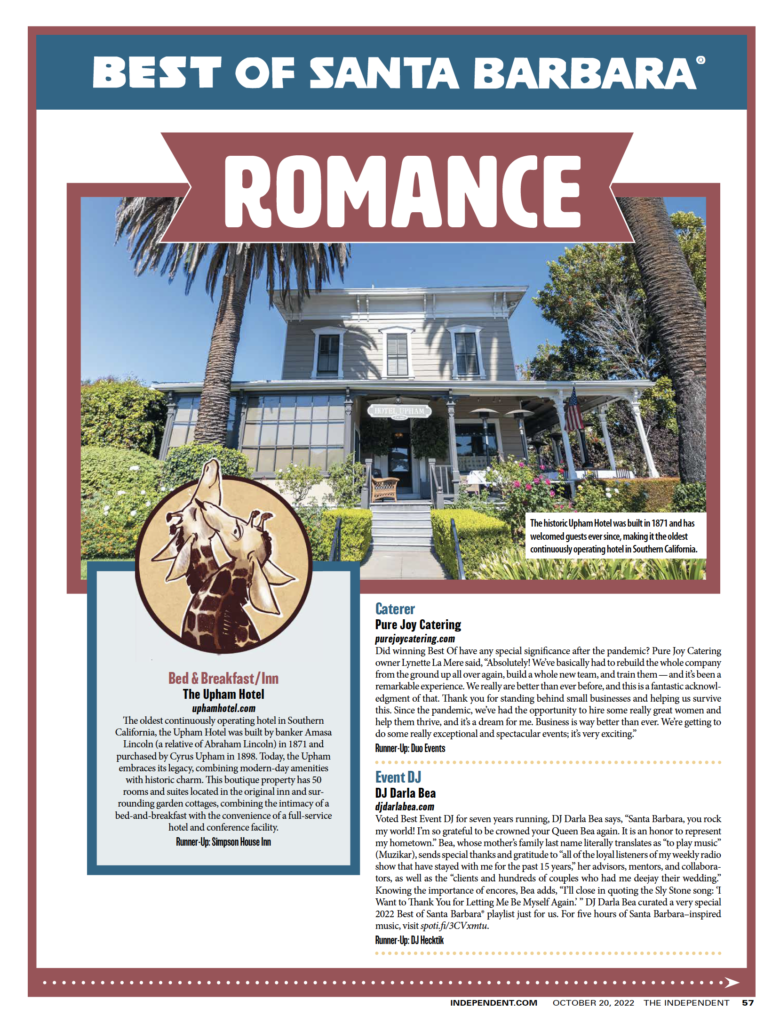
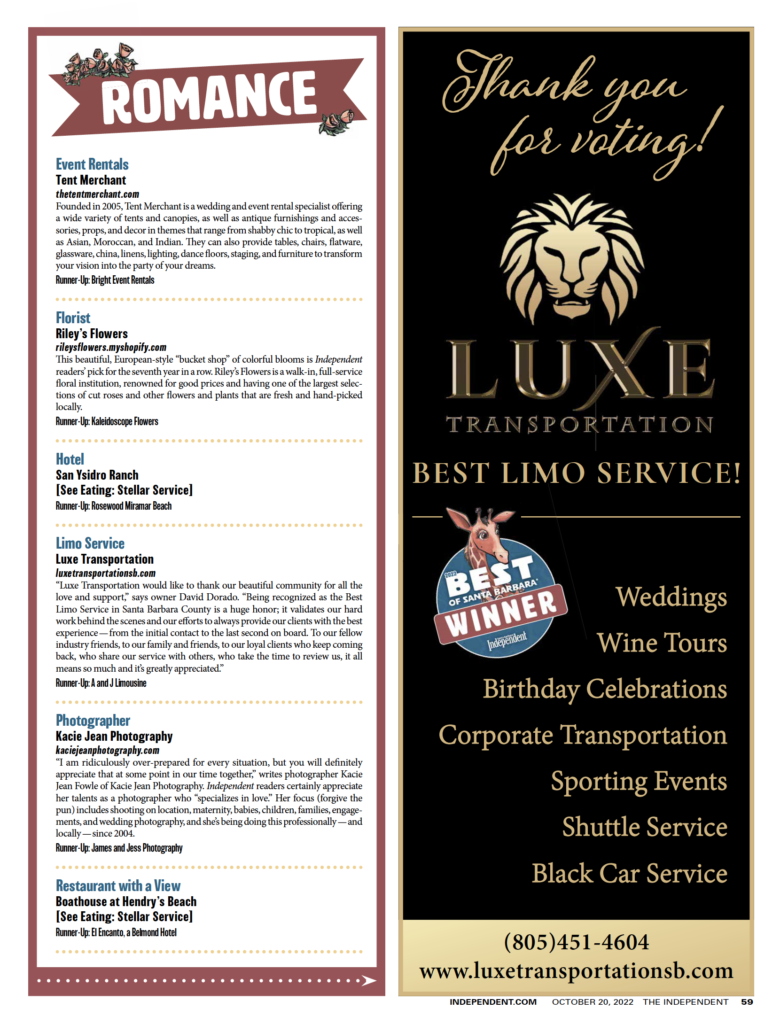
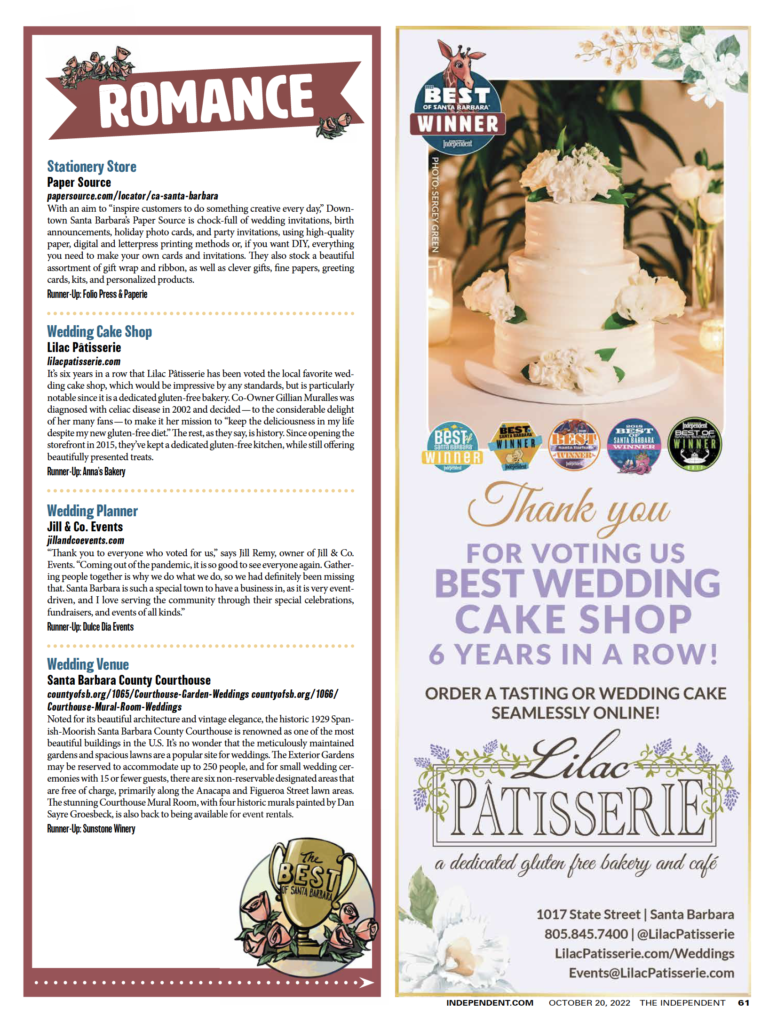
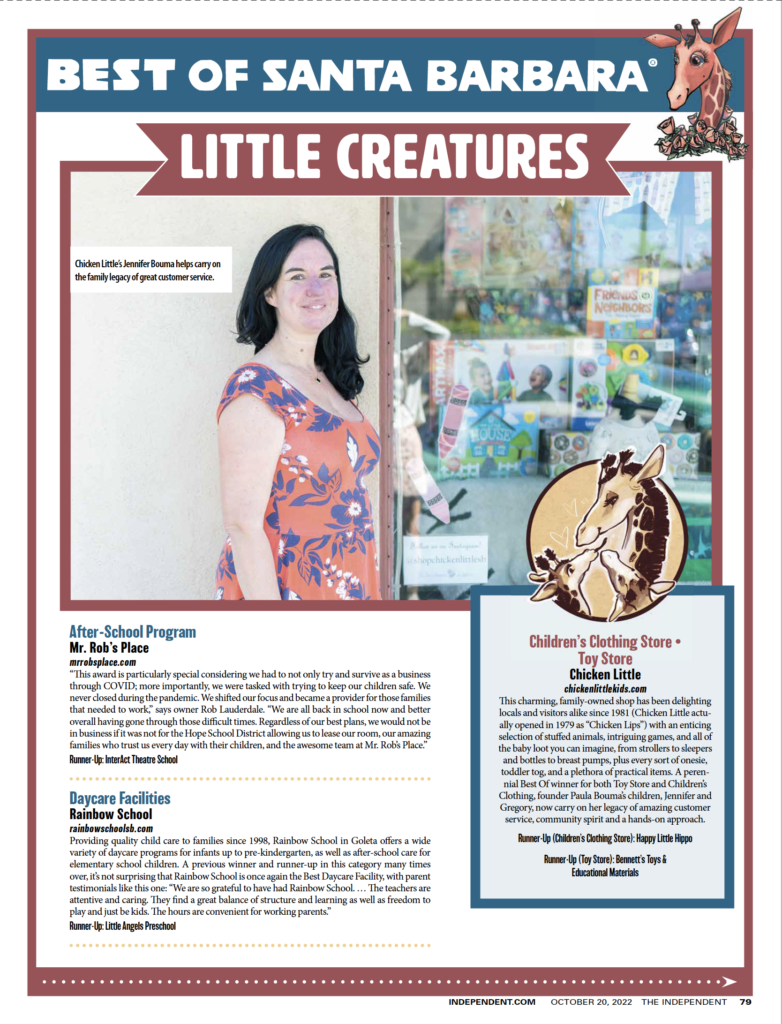
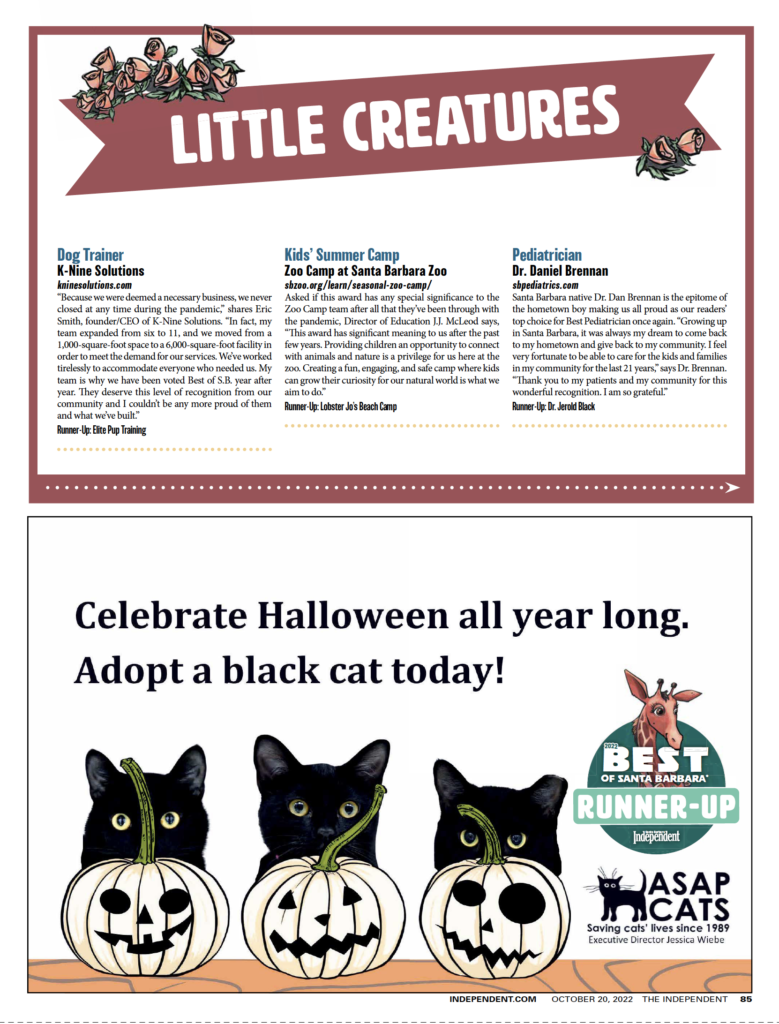
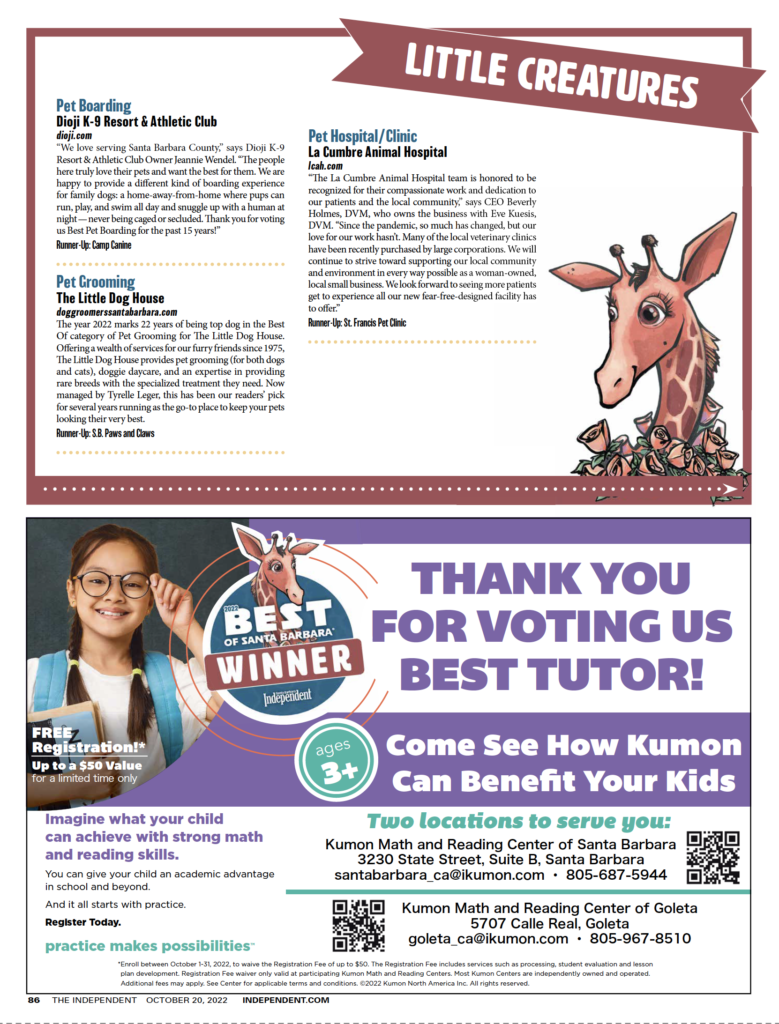
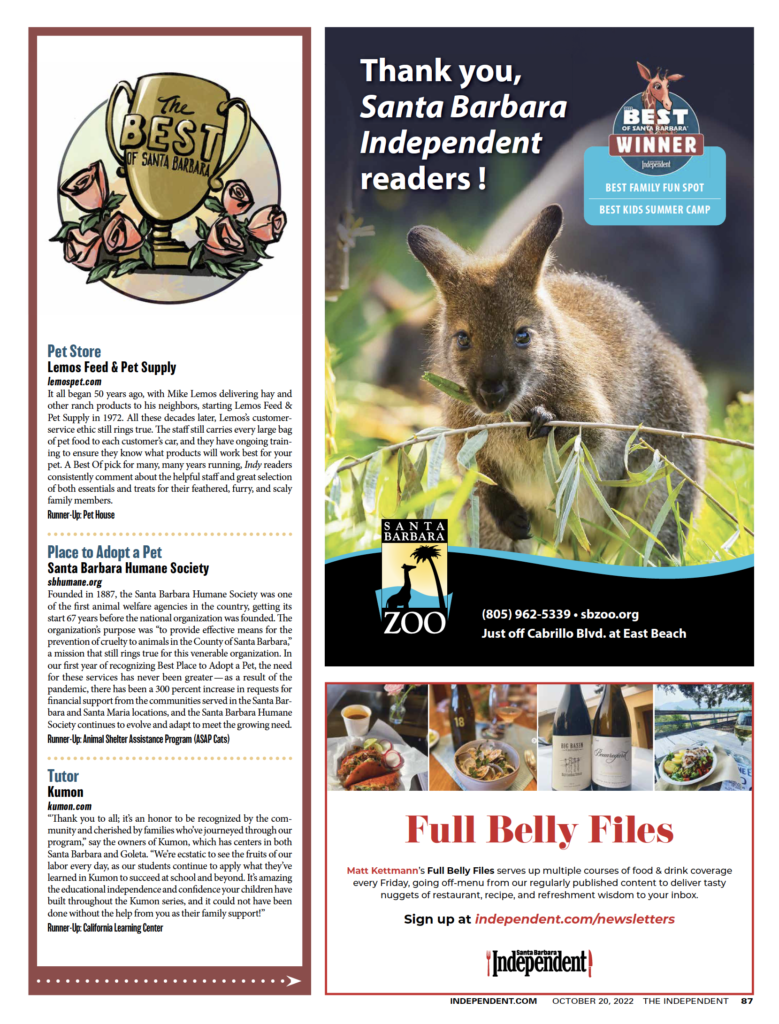 Housing
Housing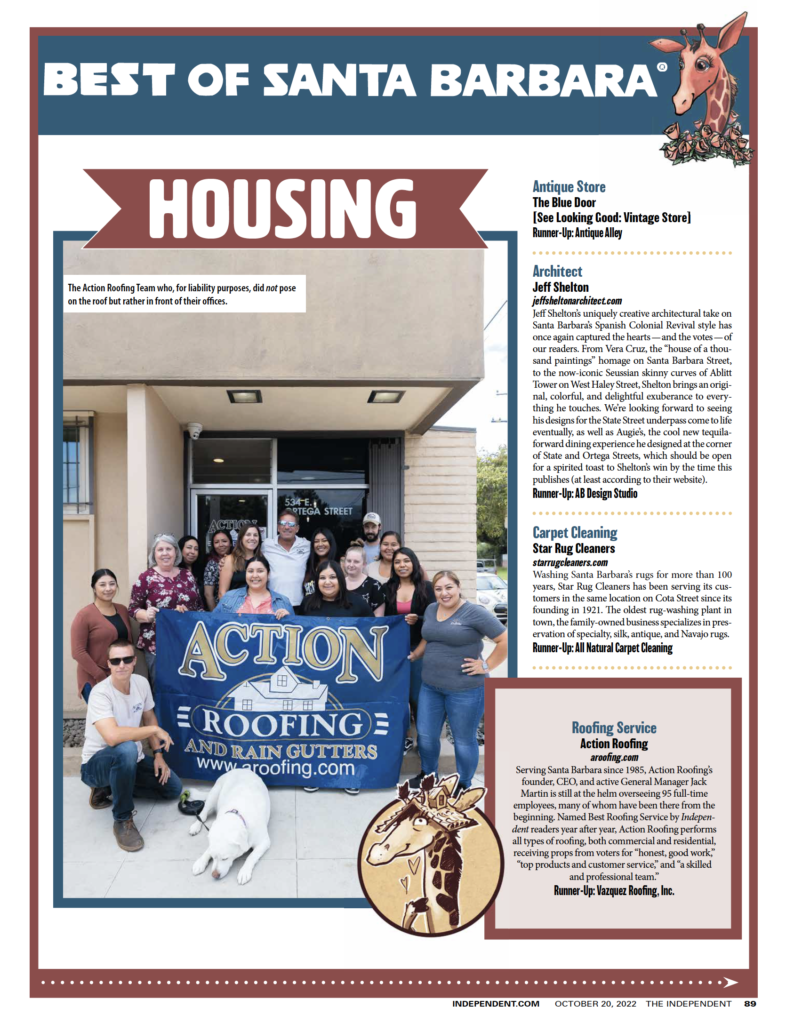

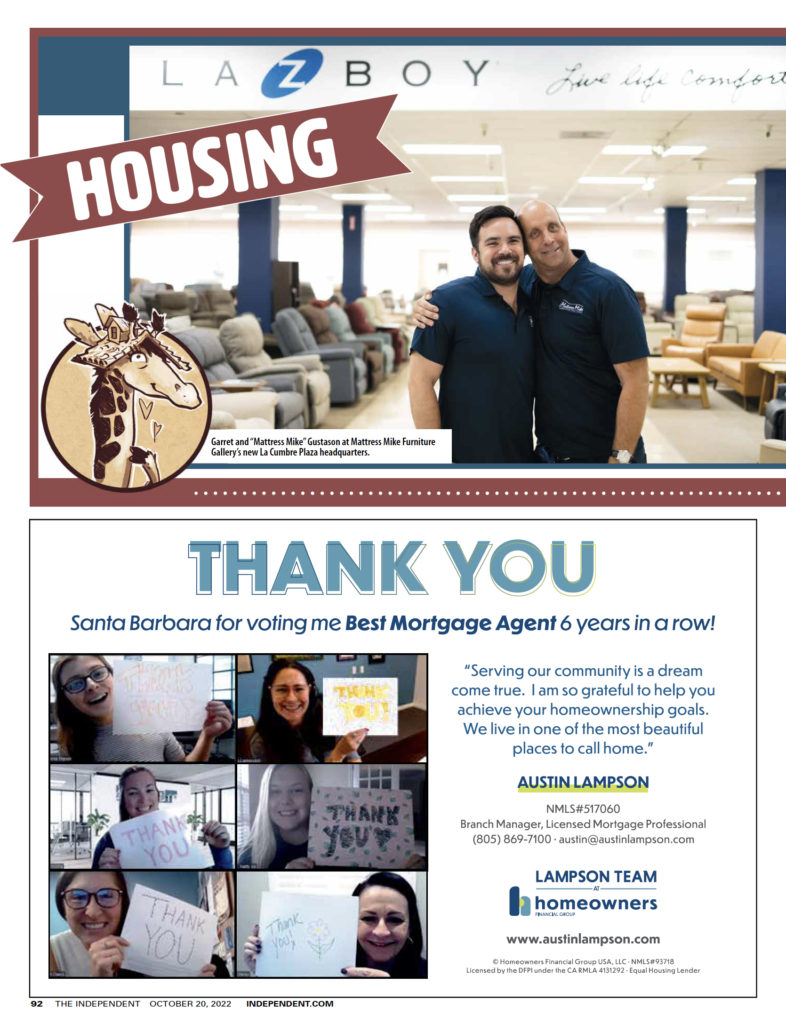
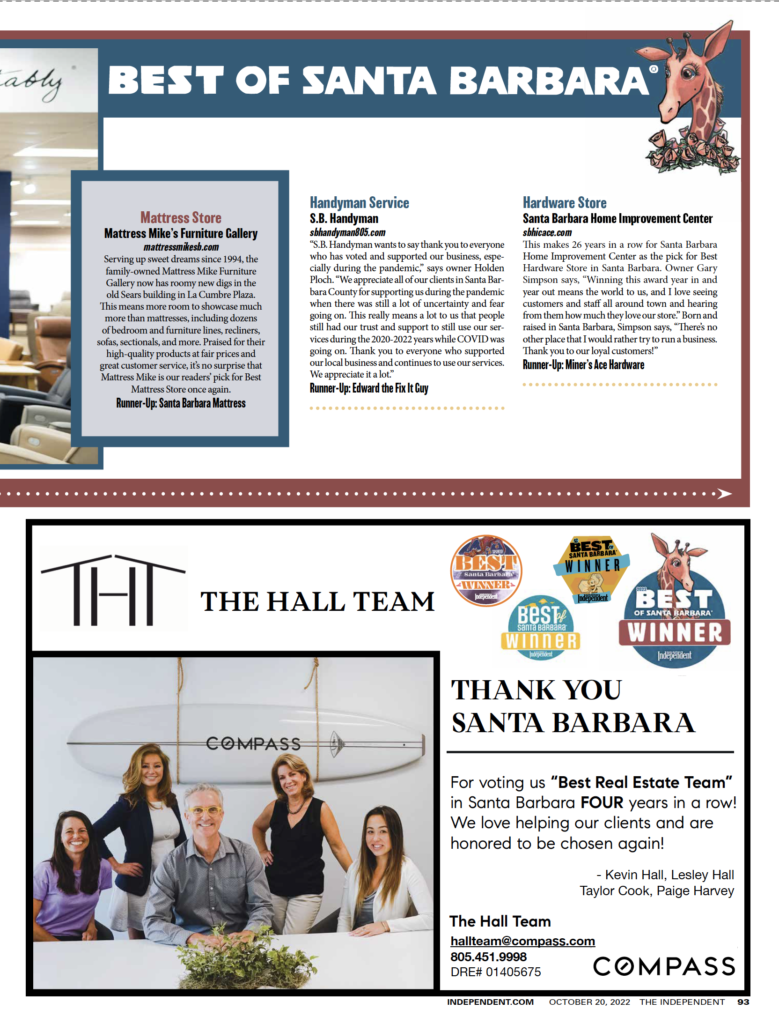

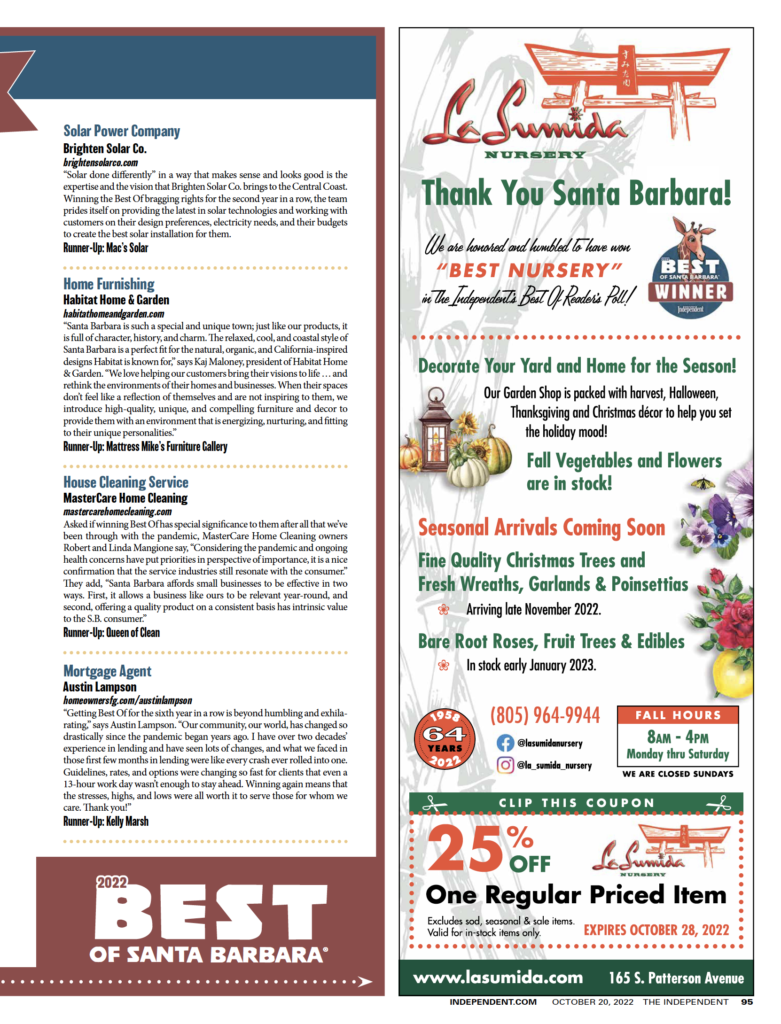


 Driving
Driving


